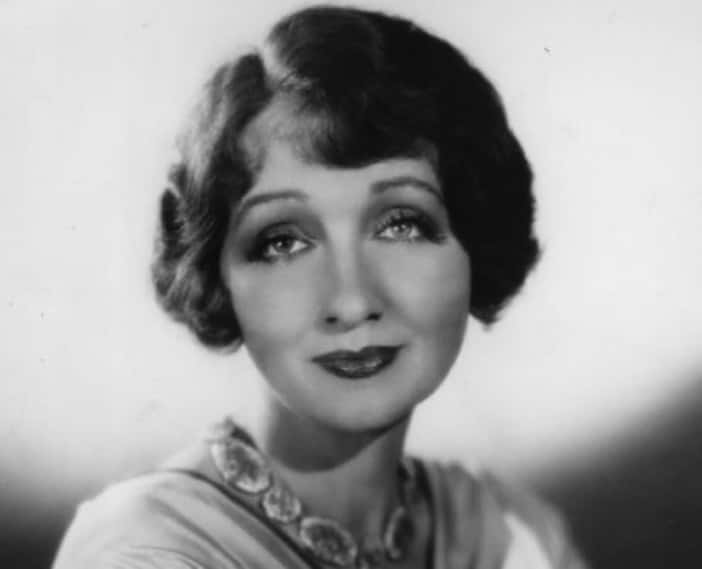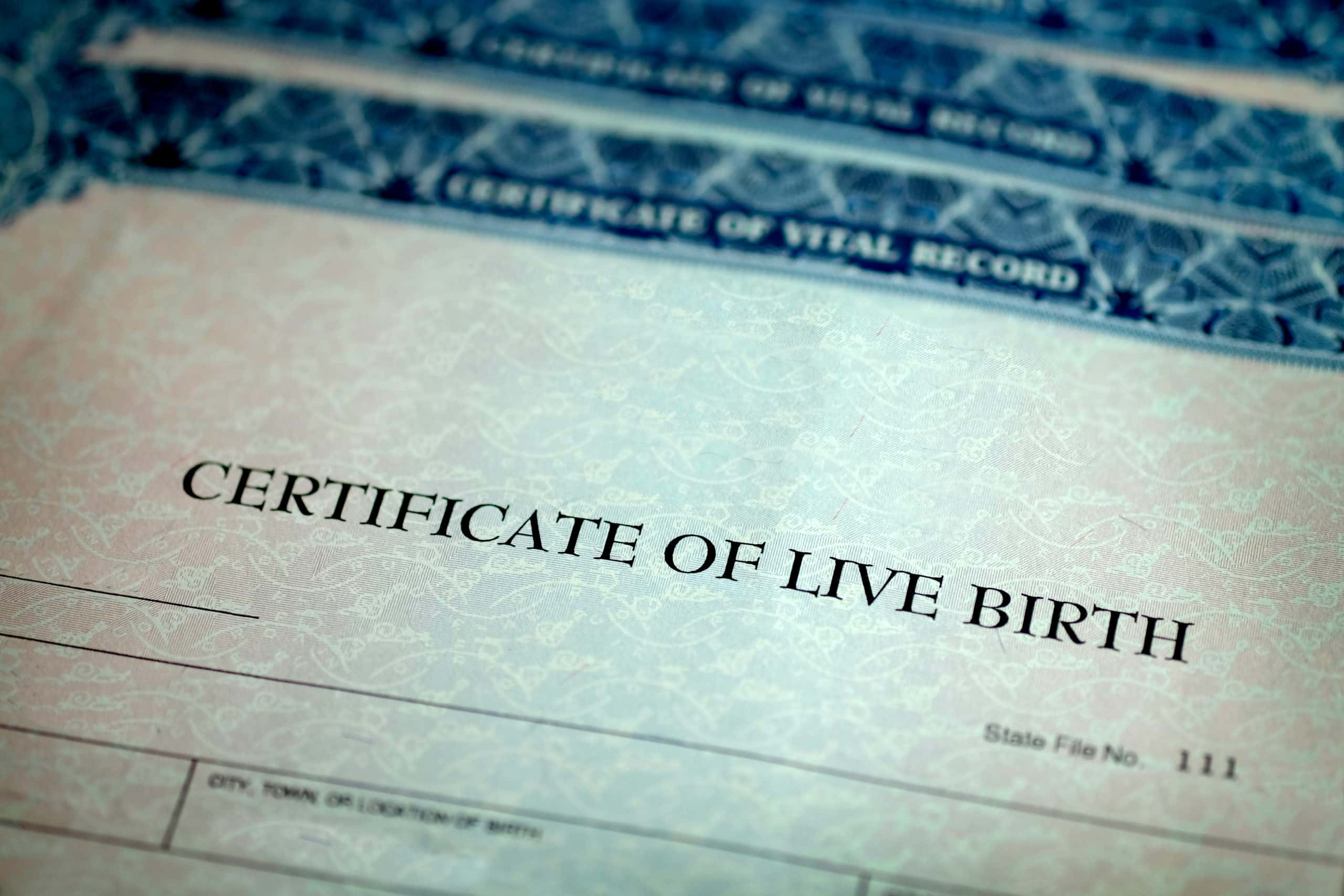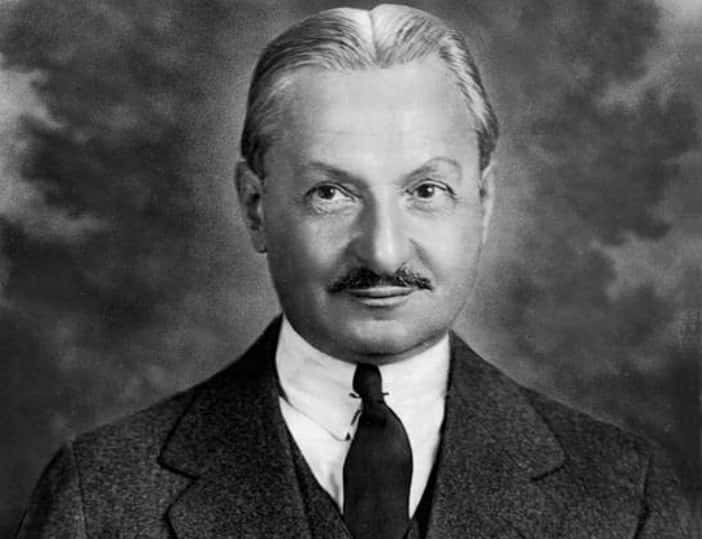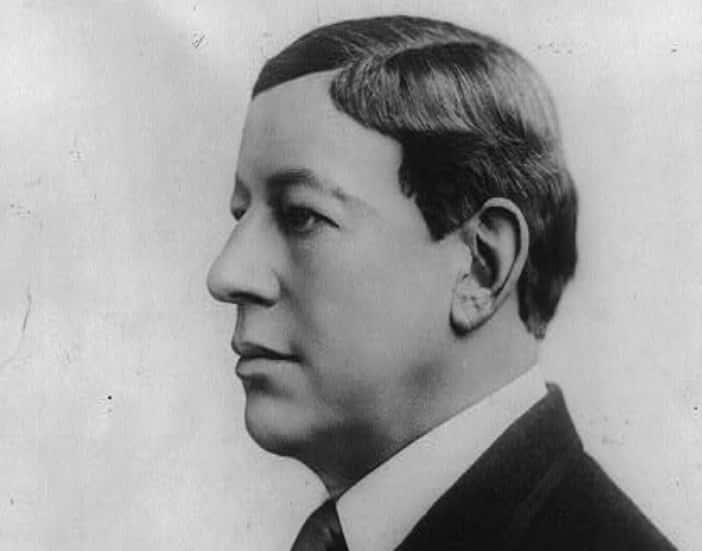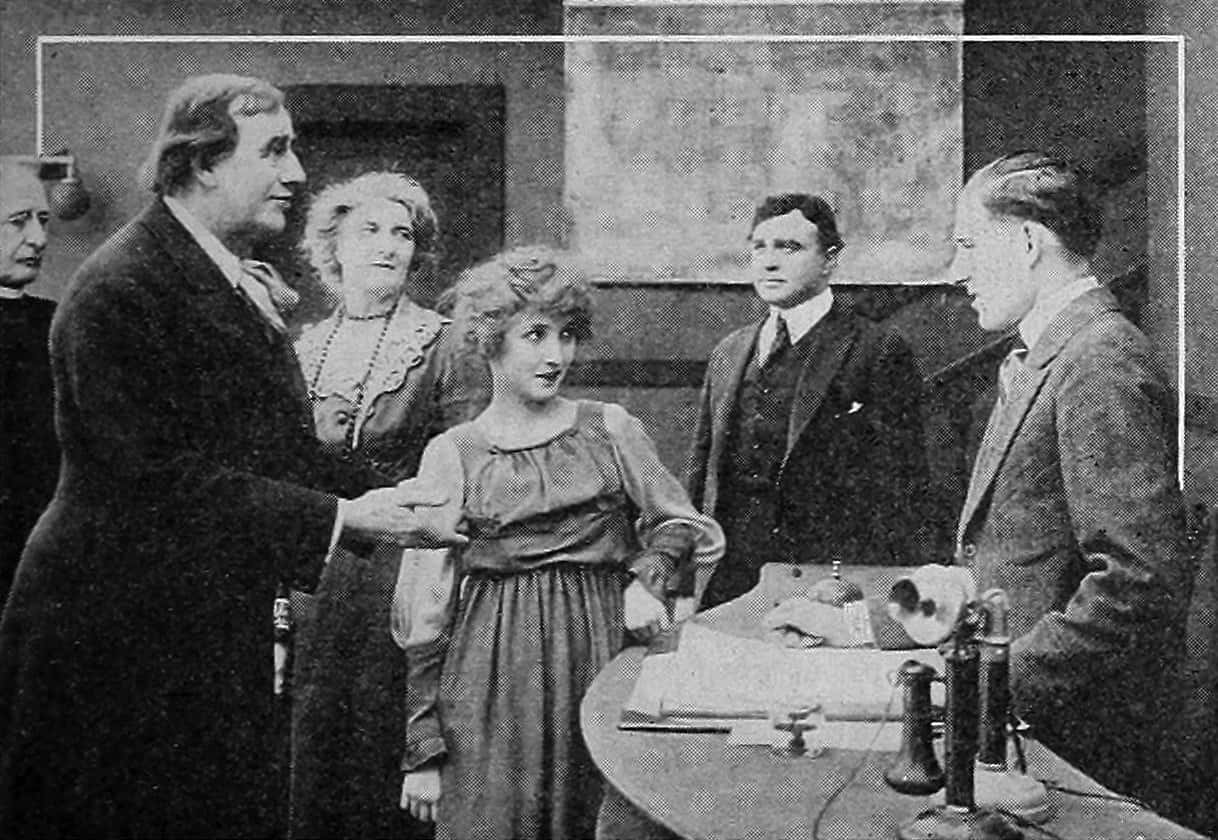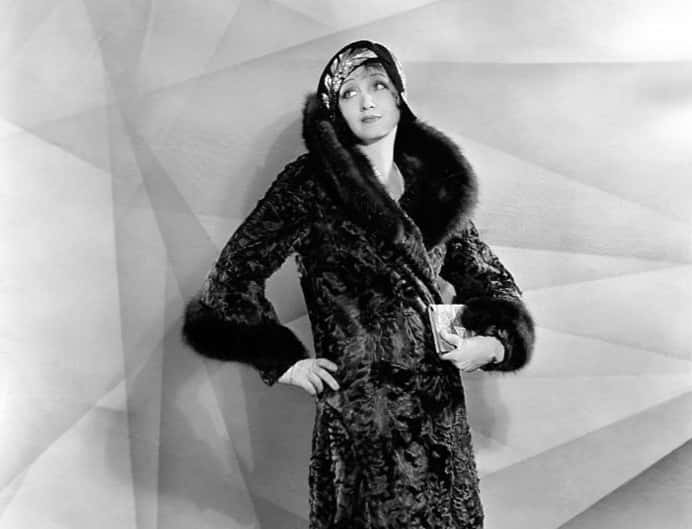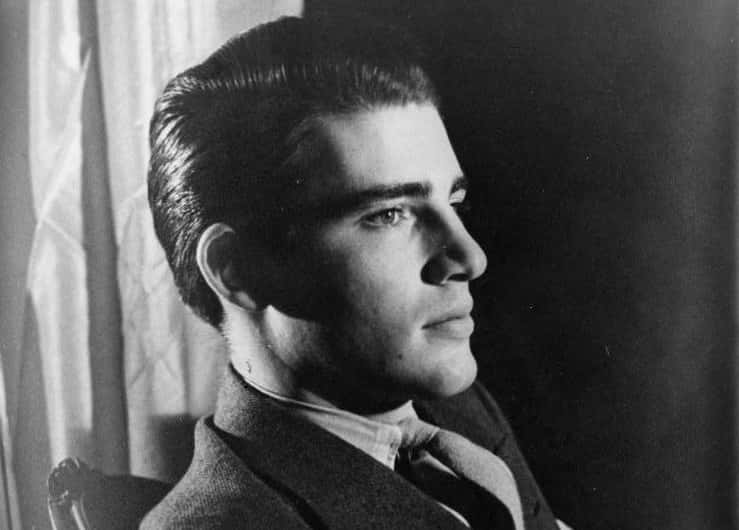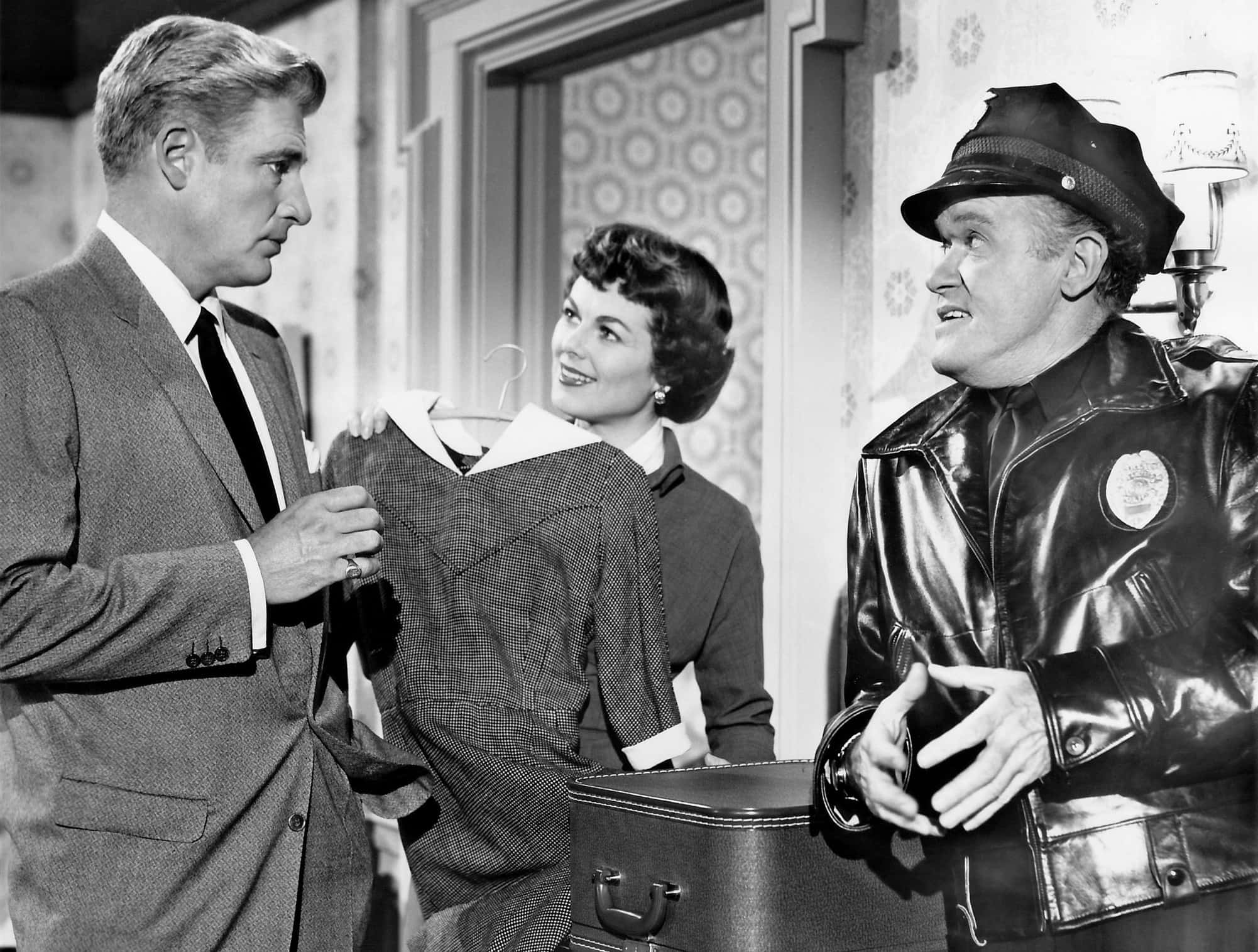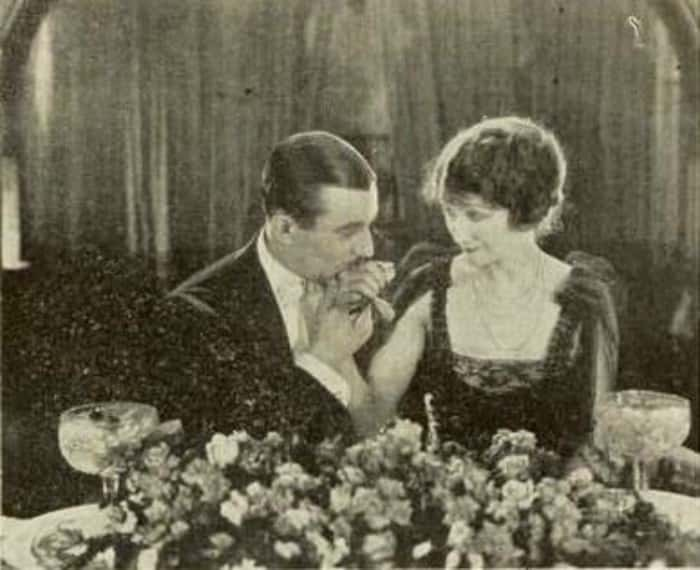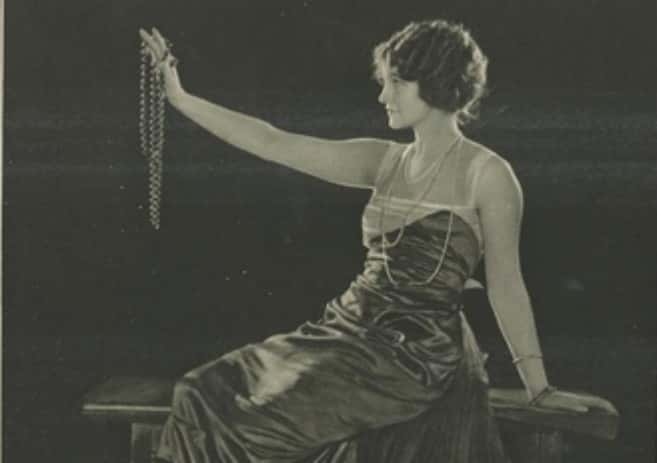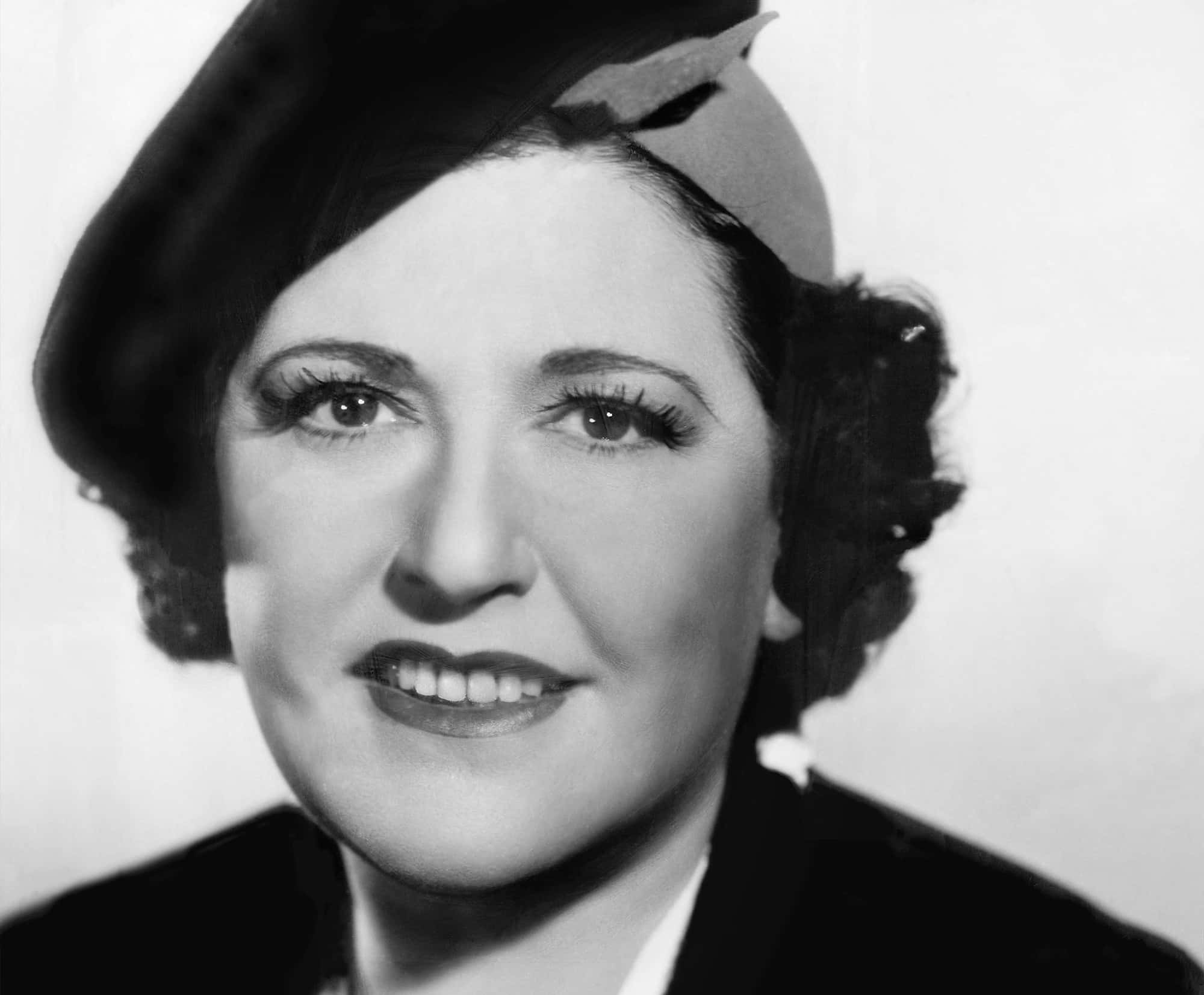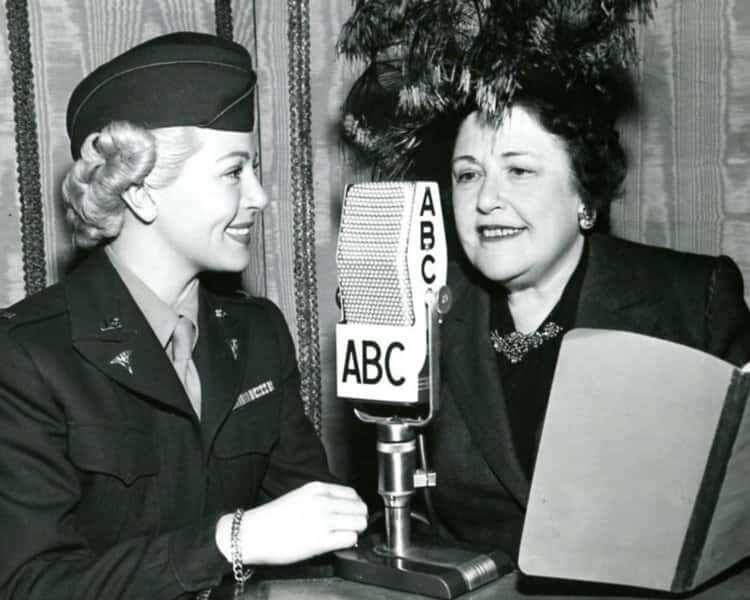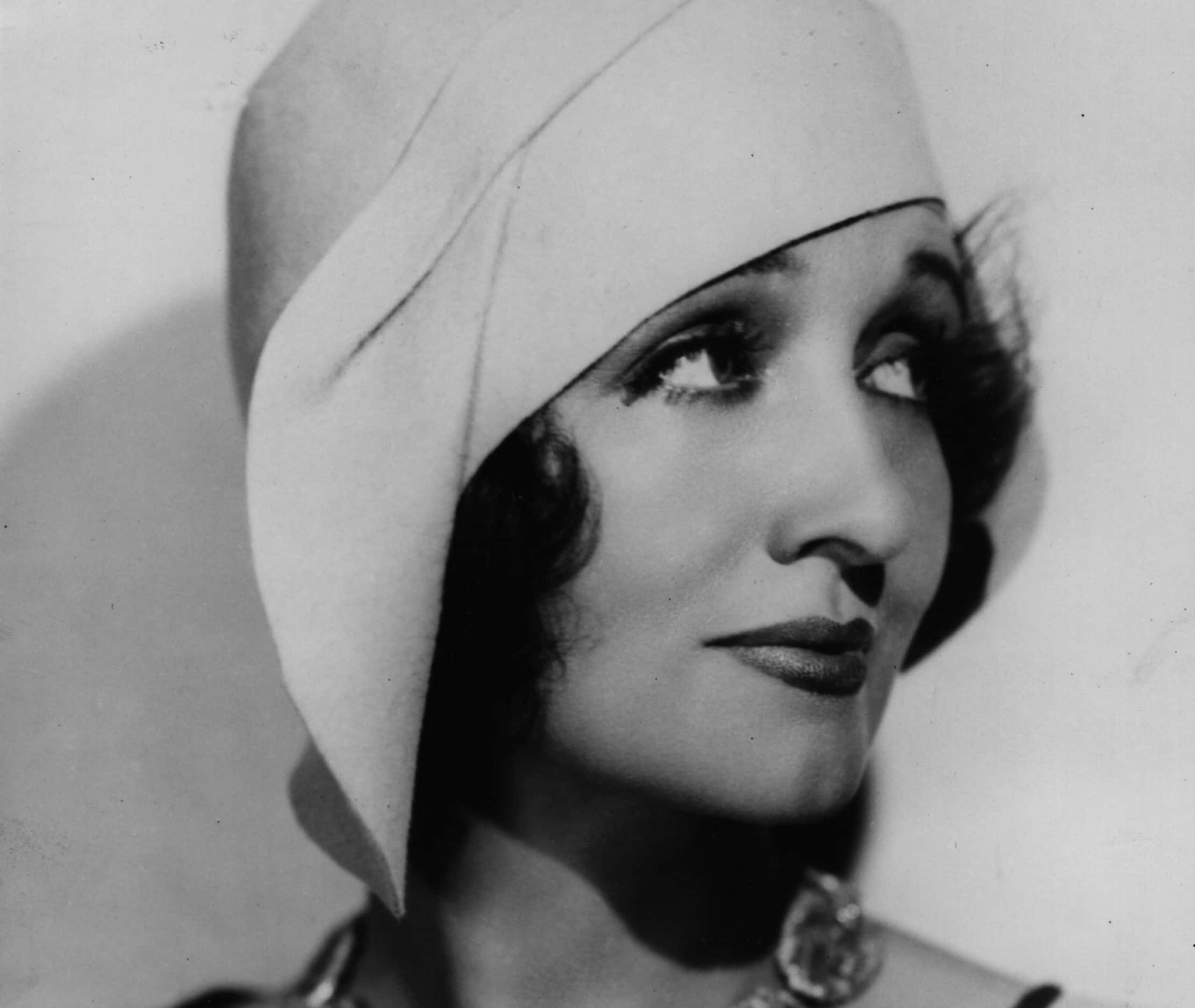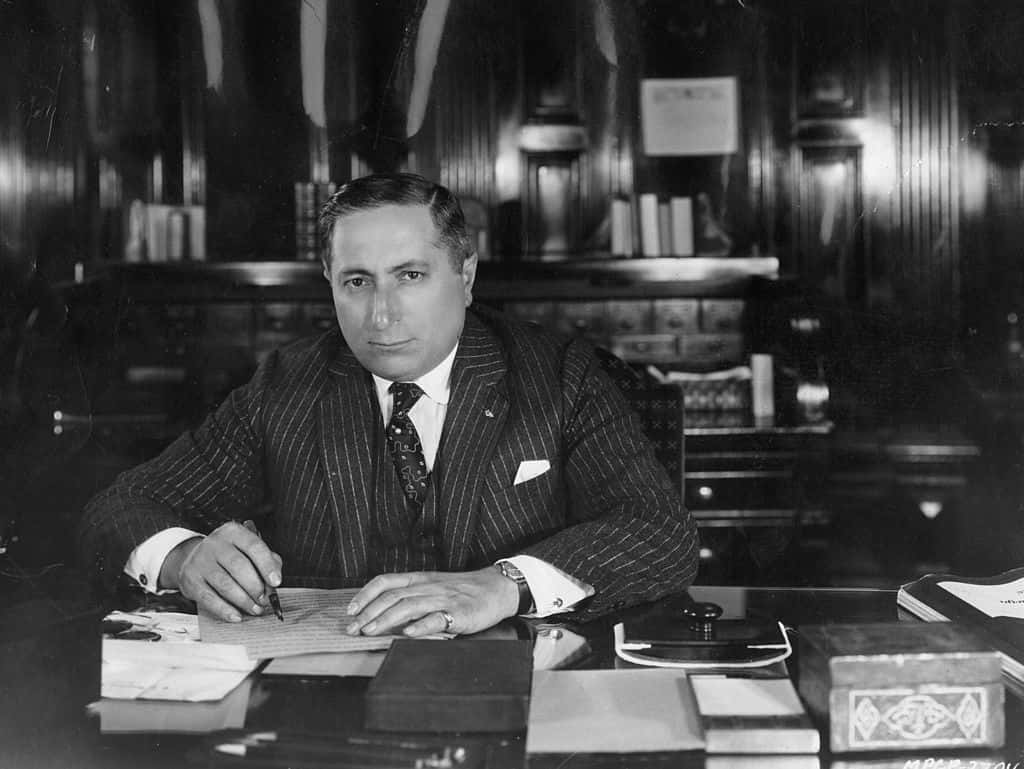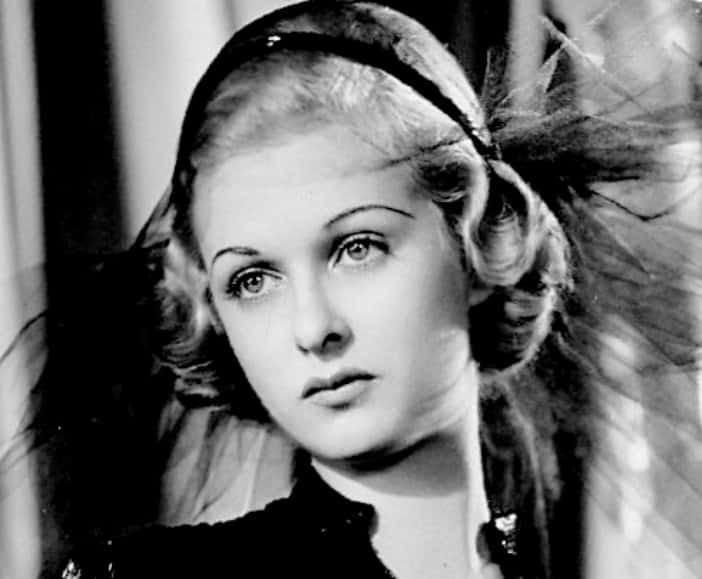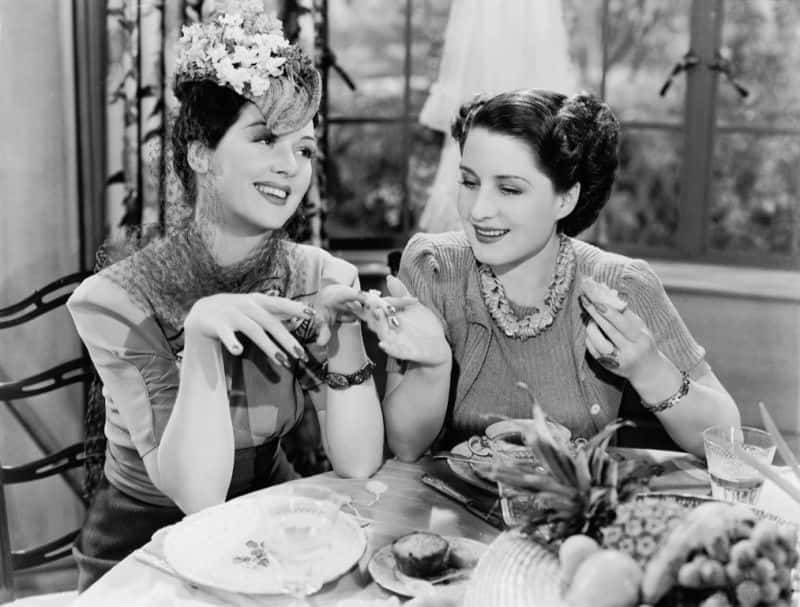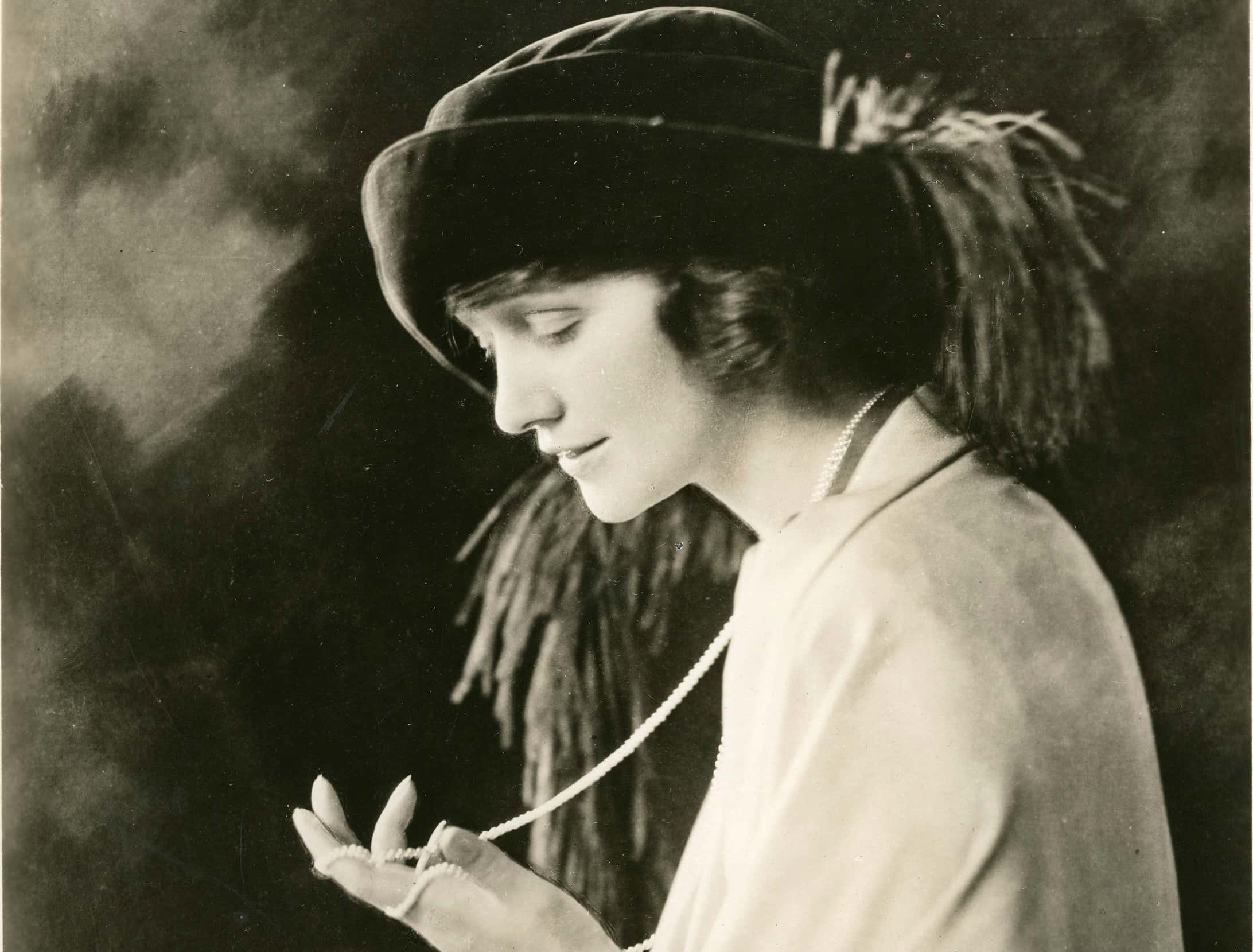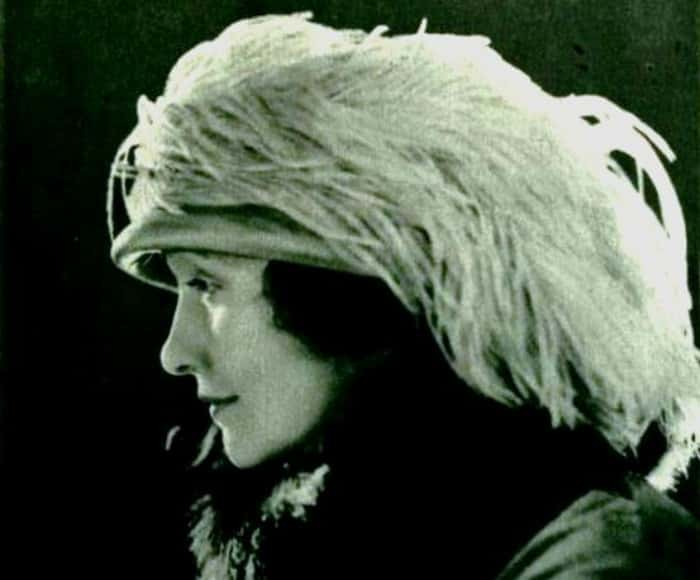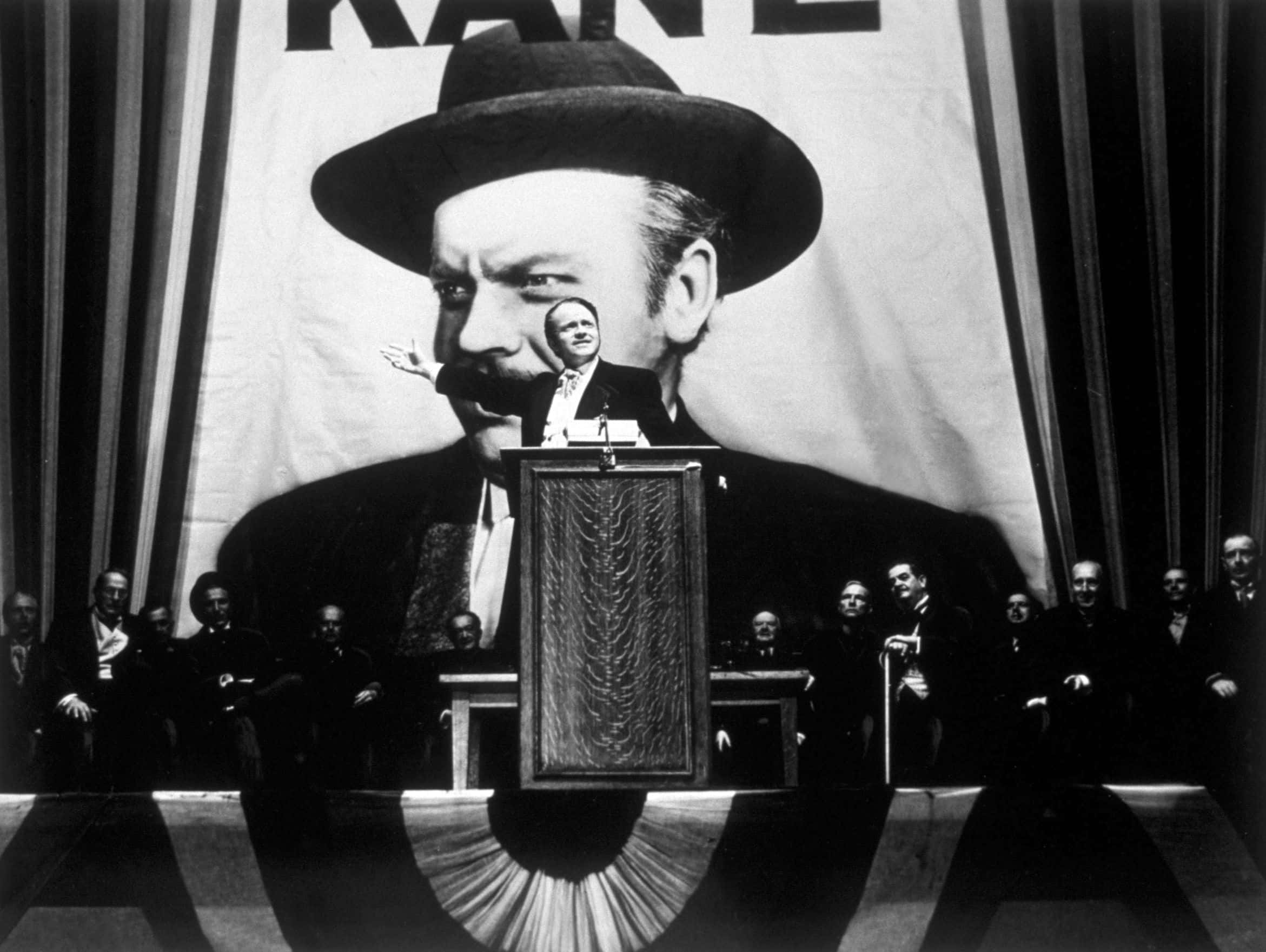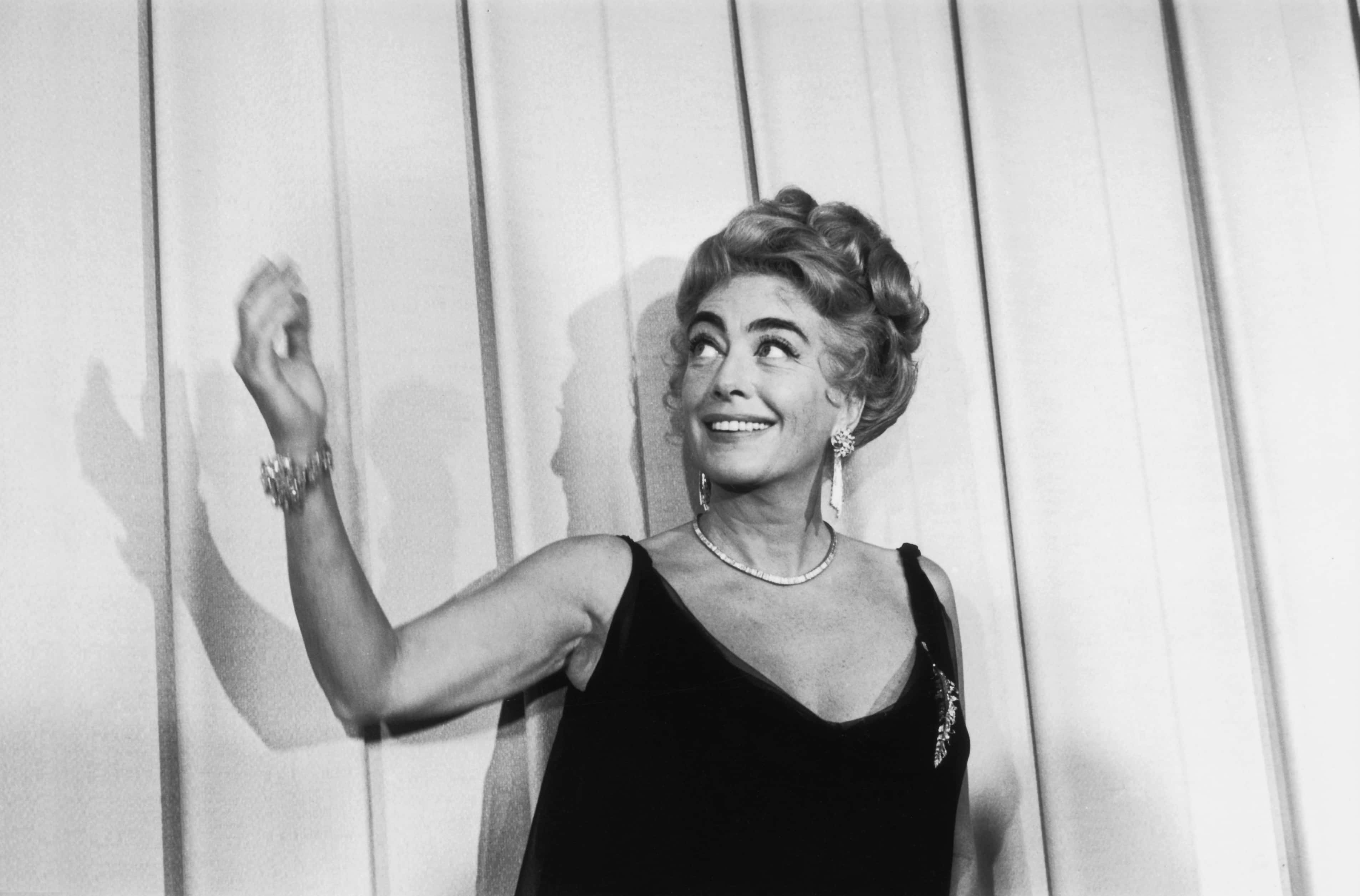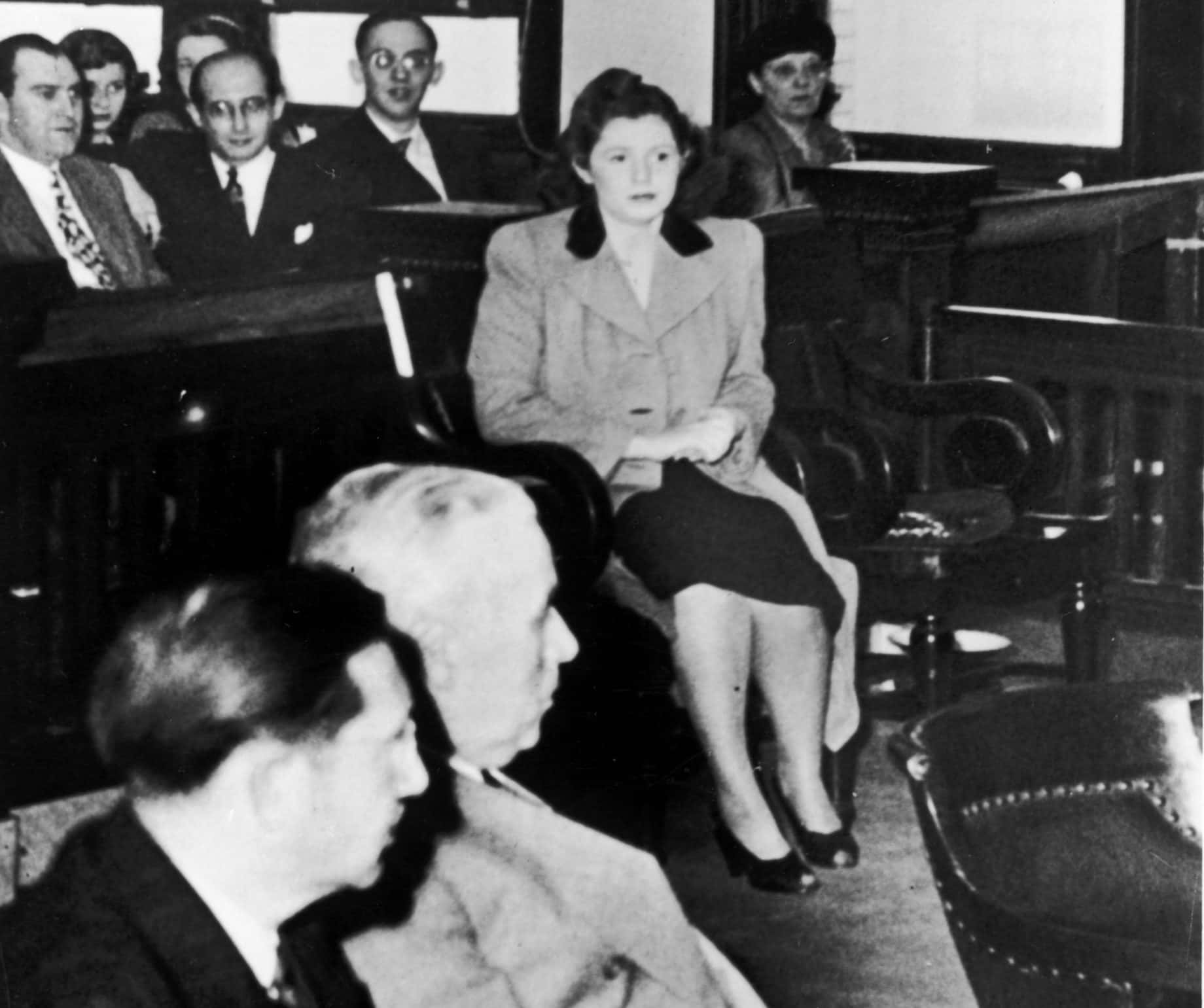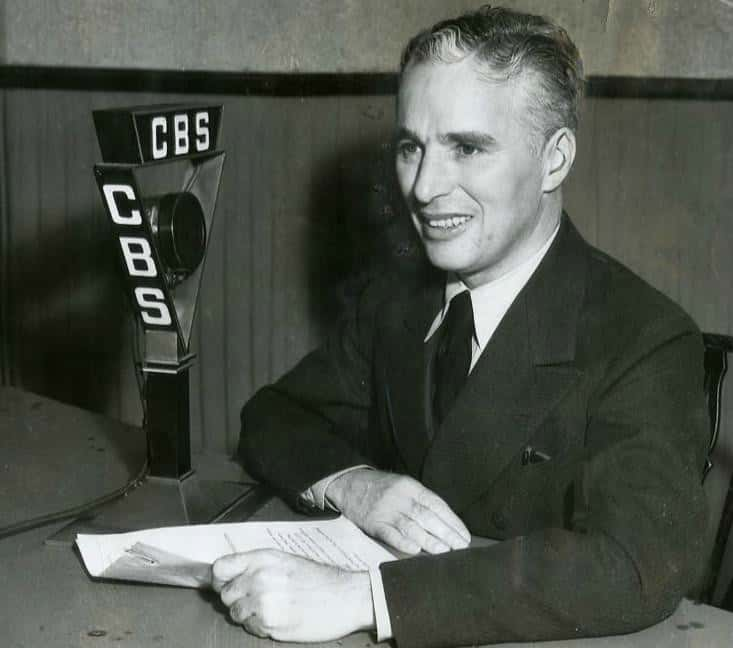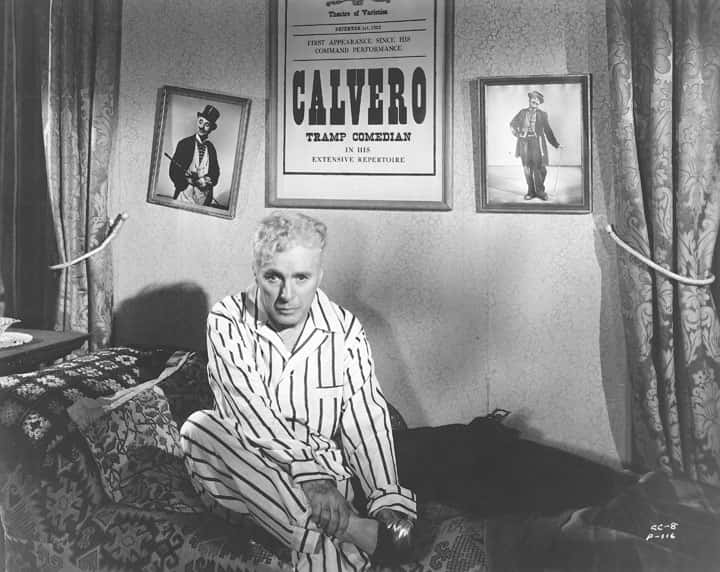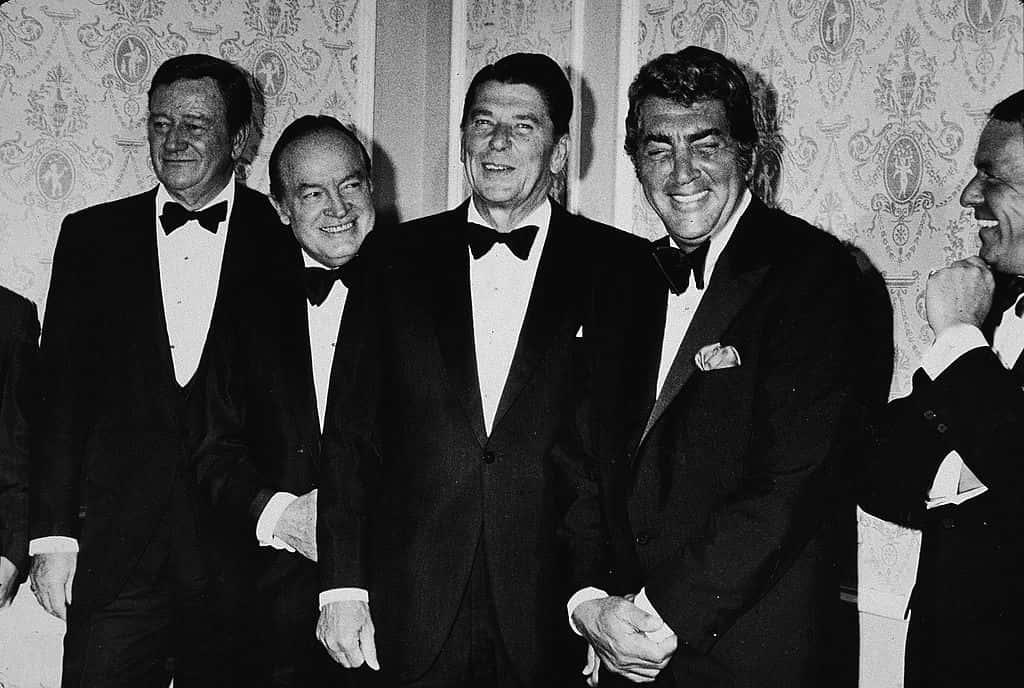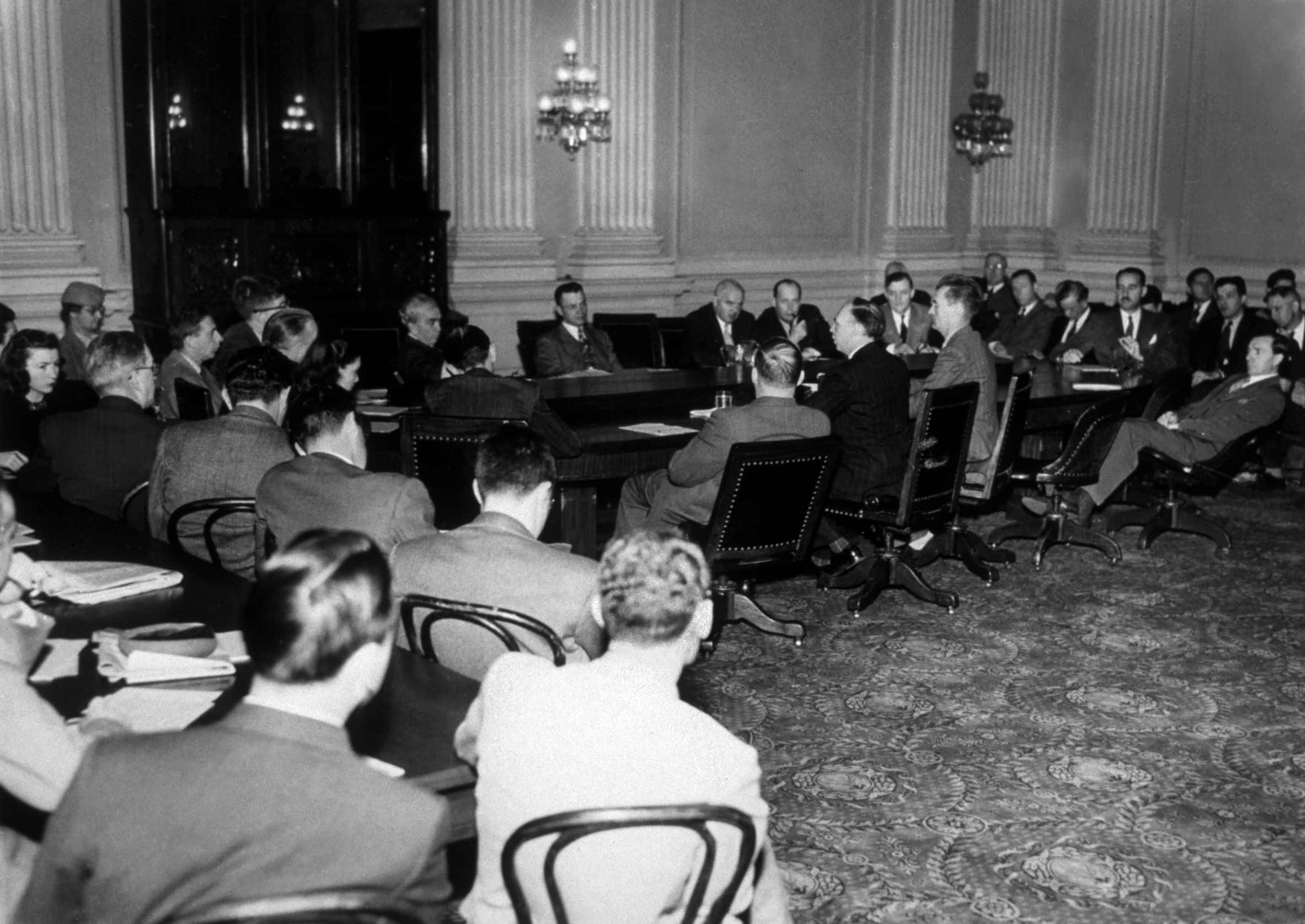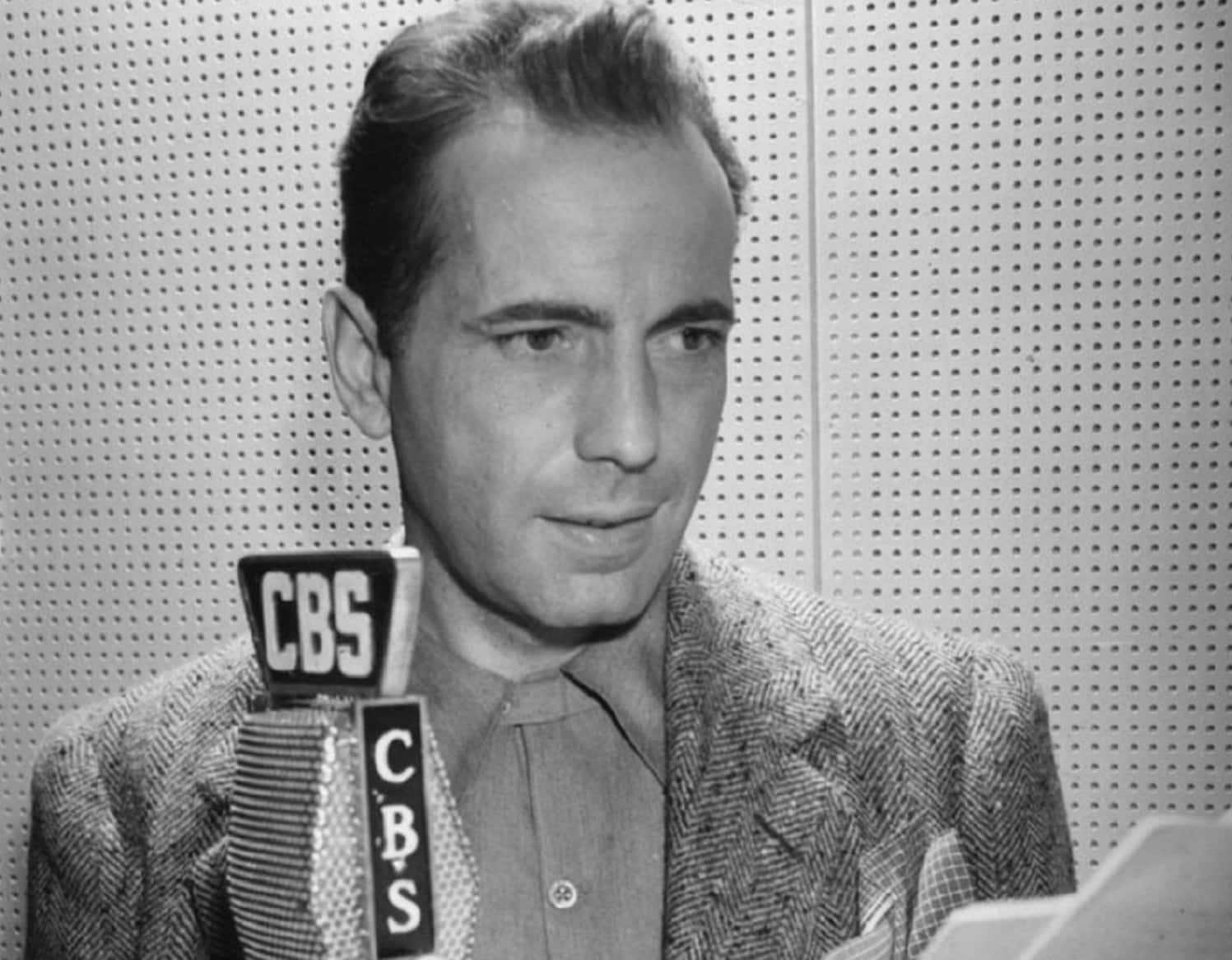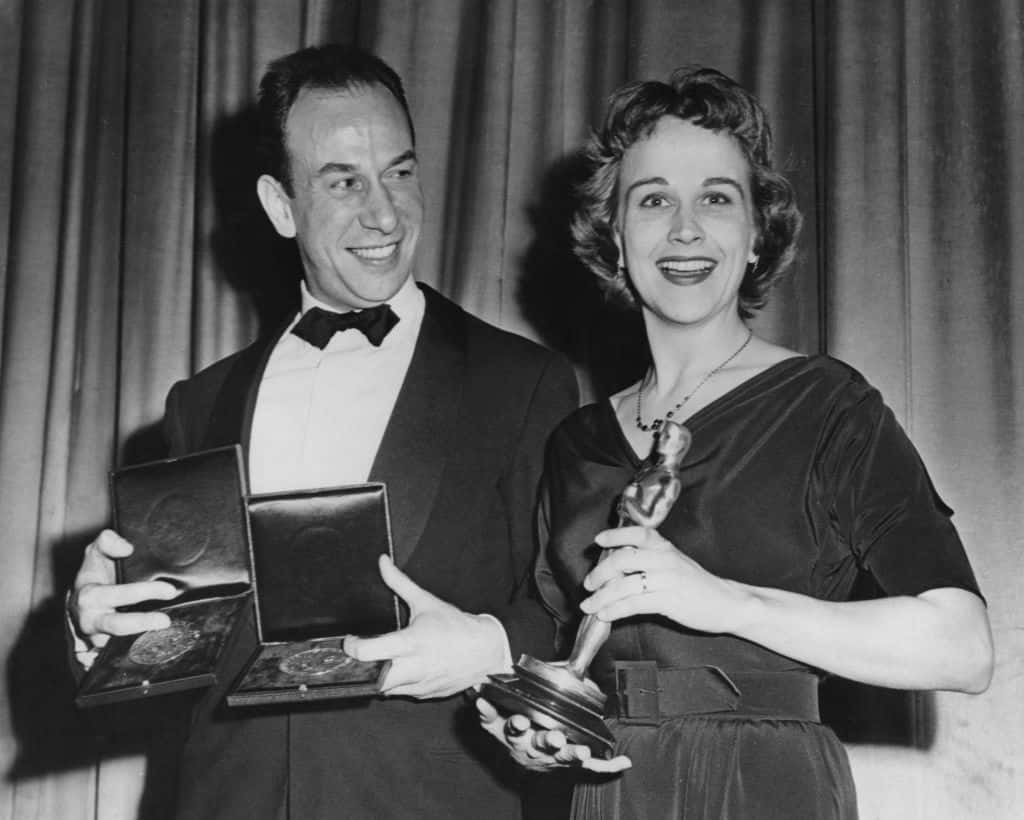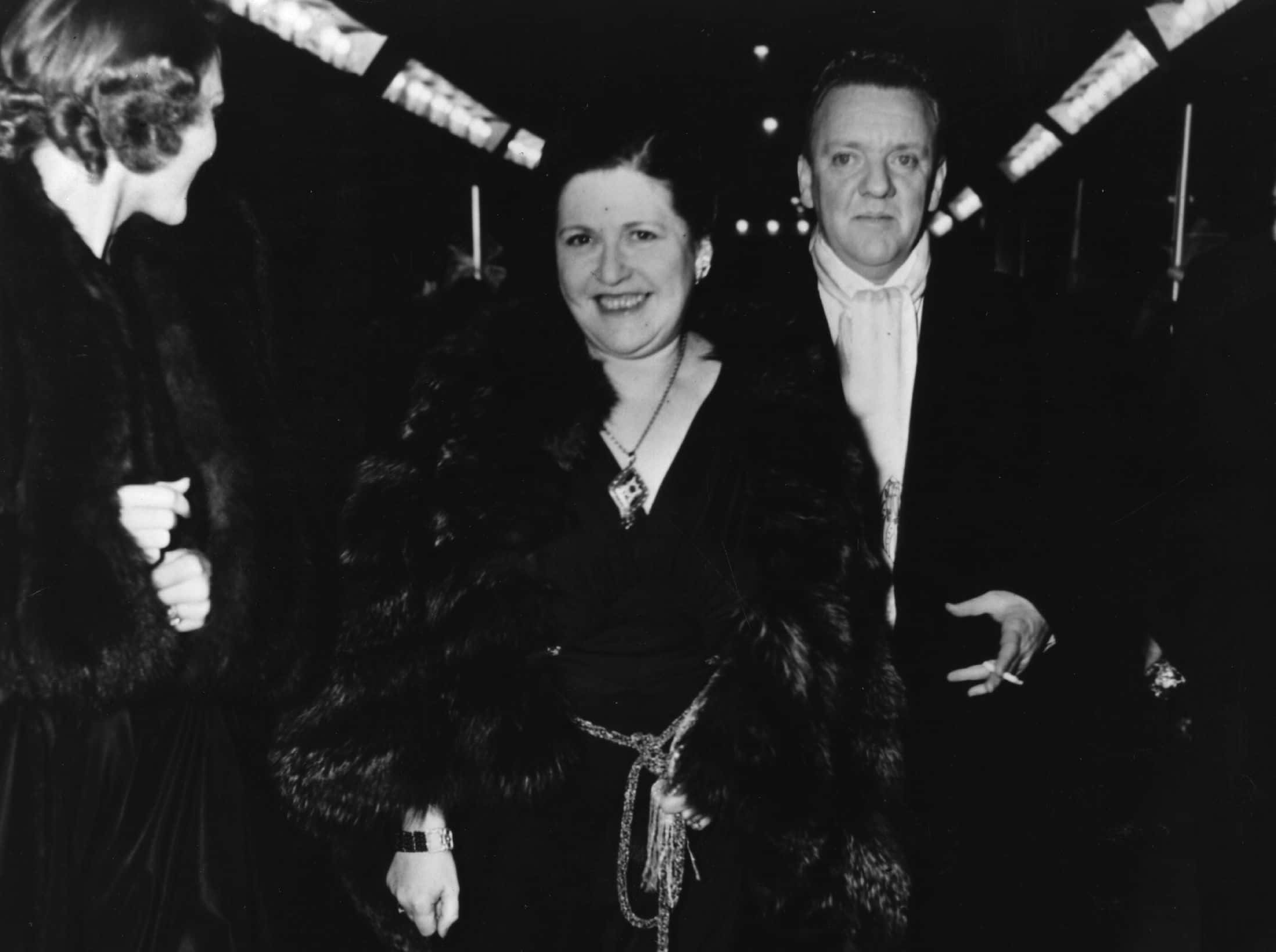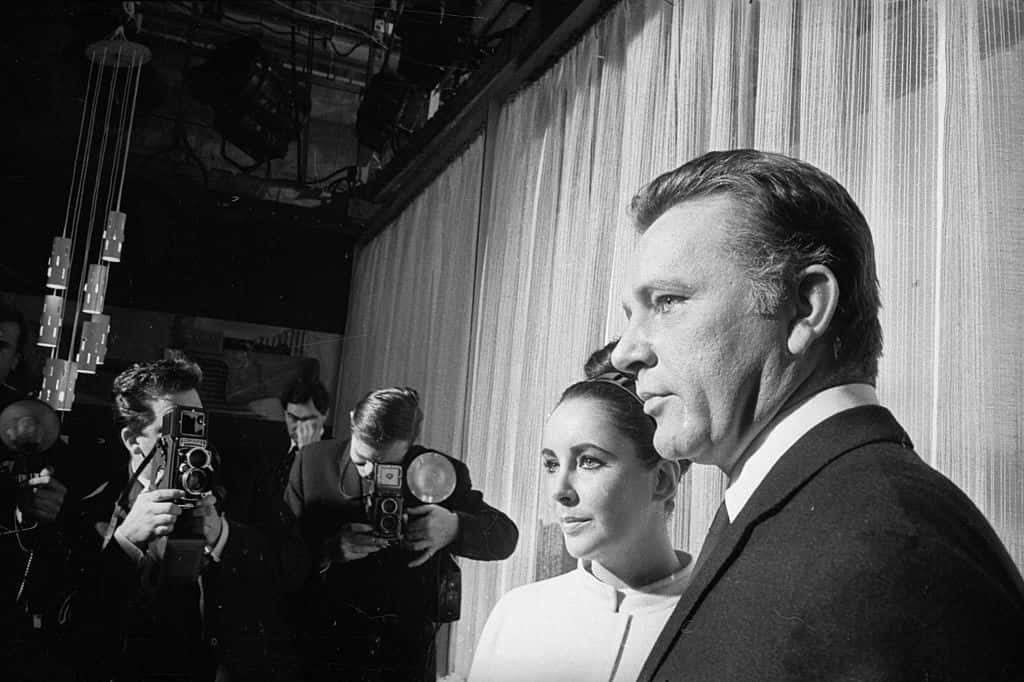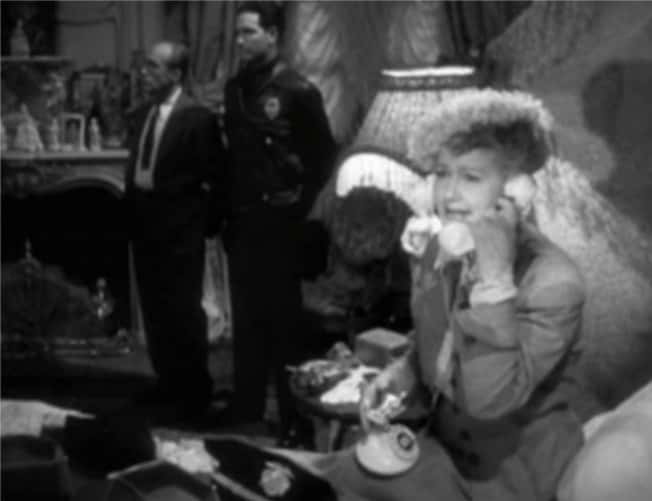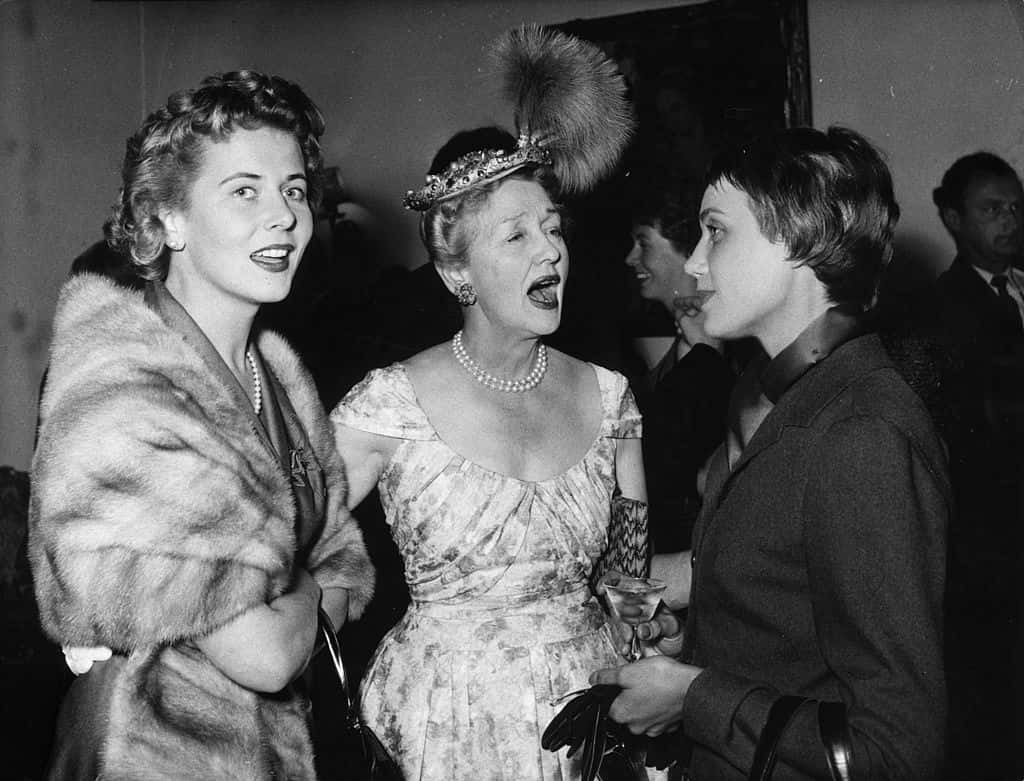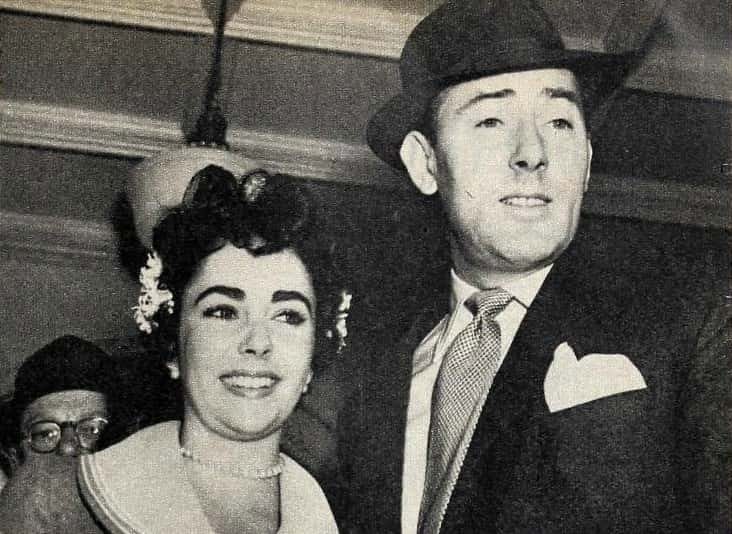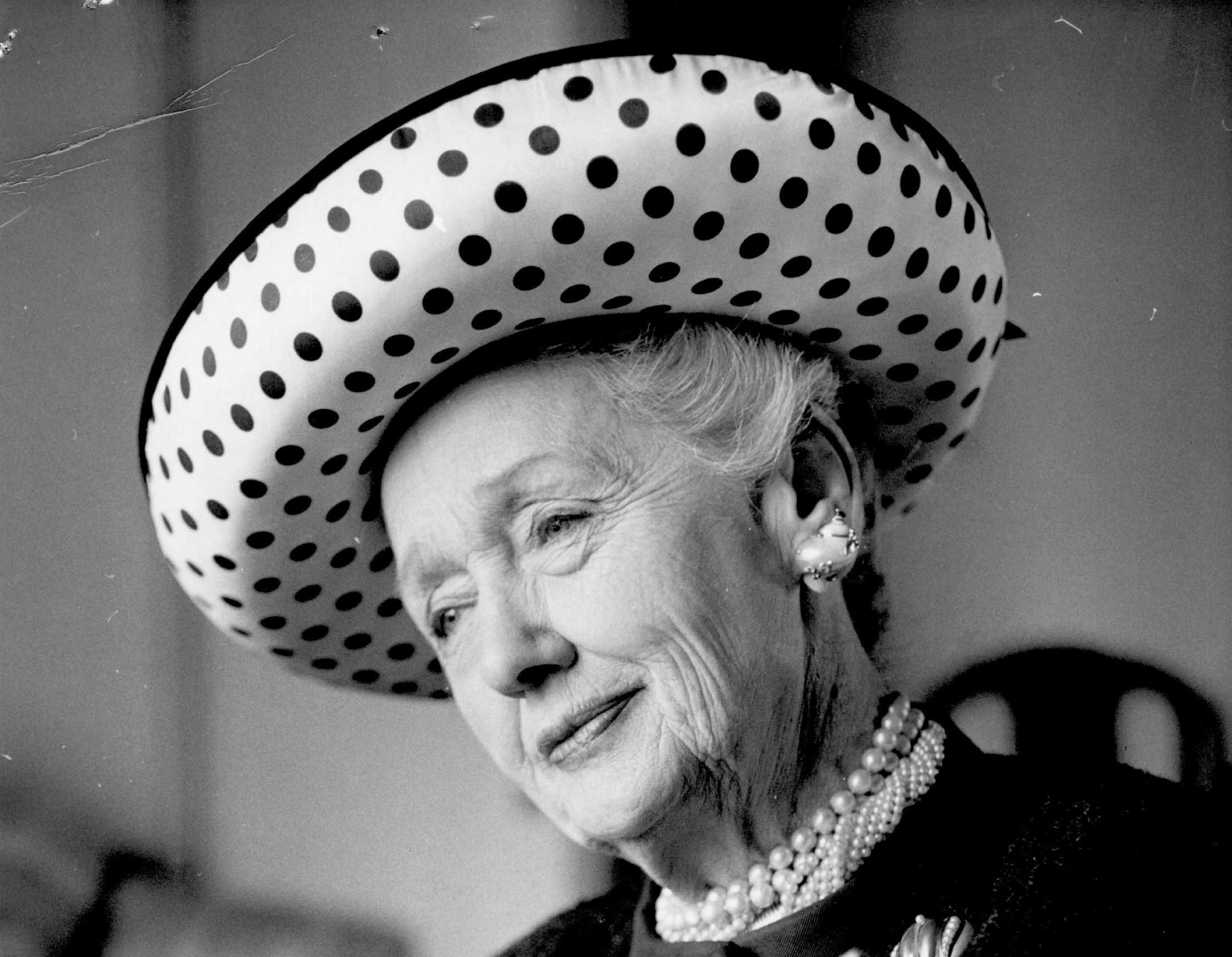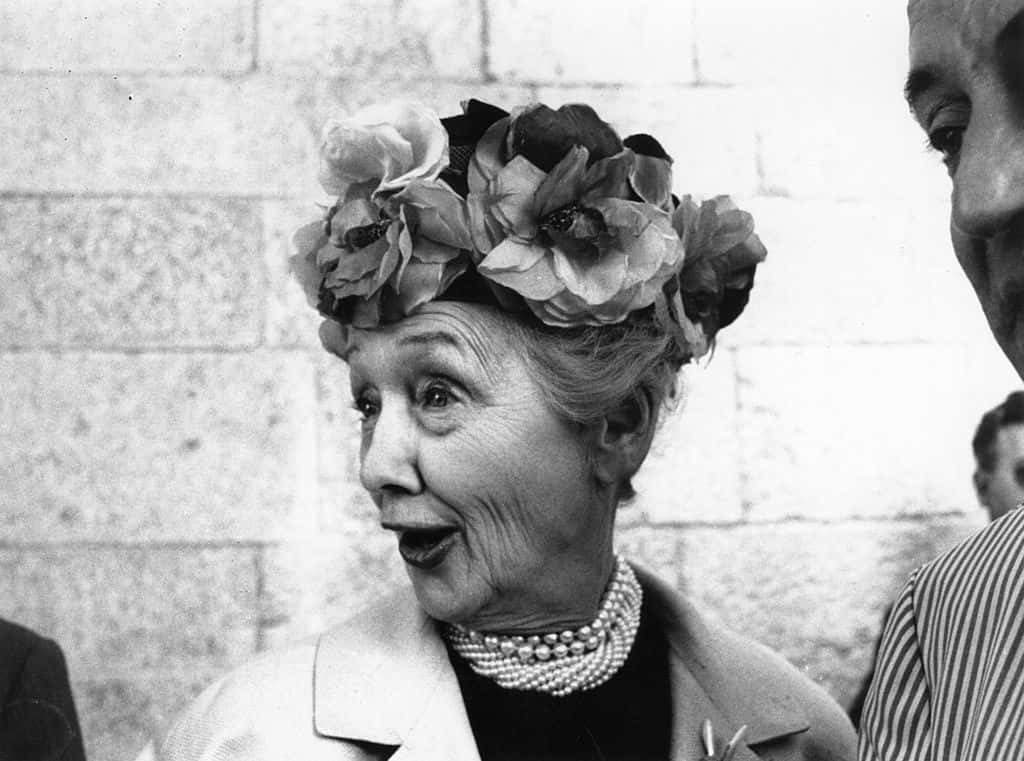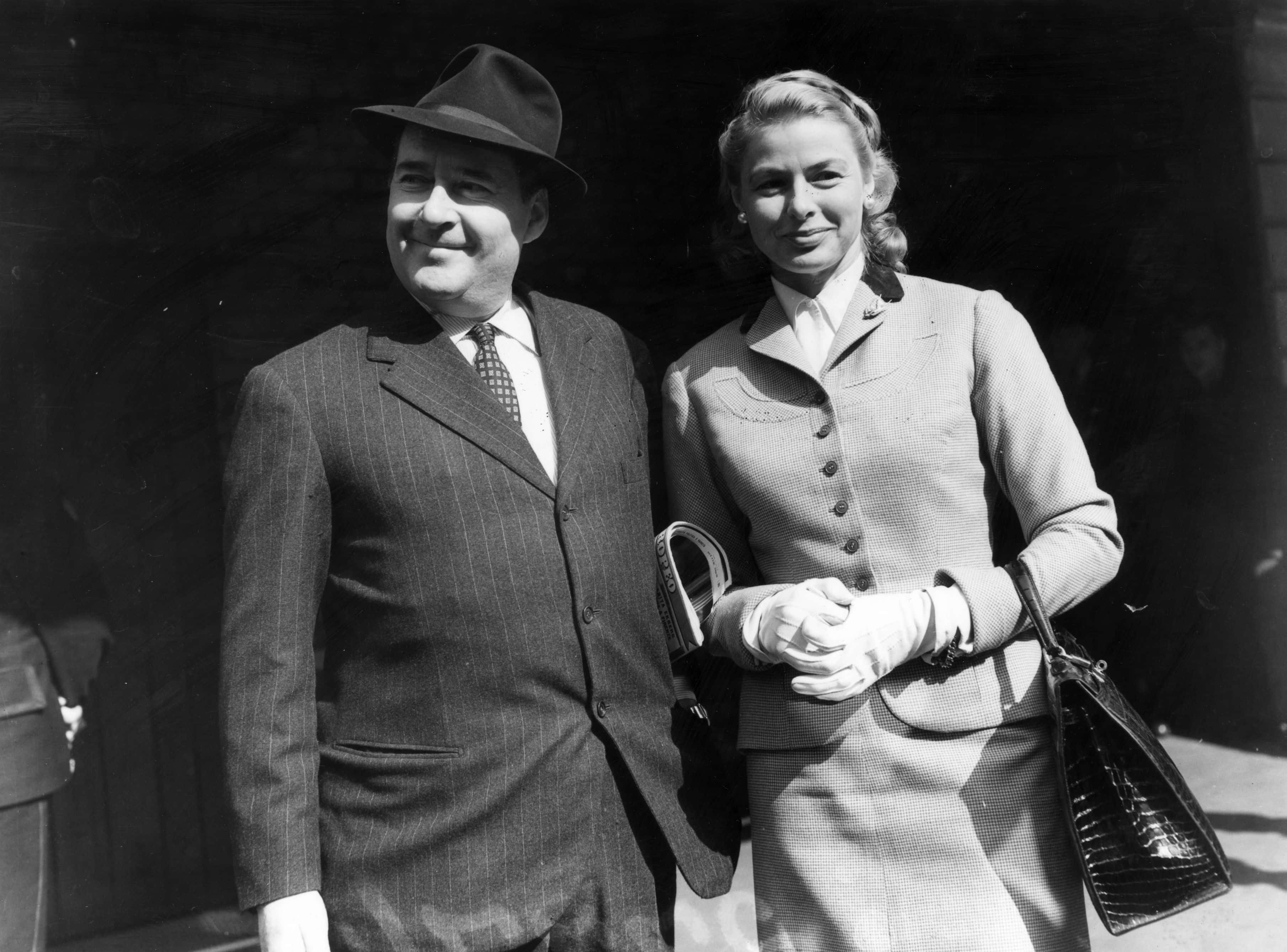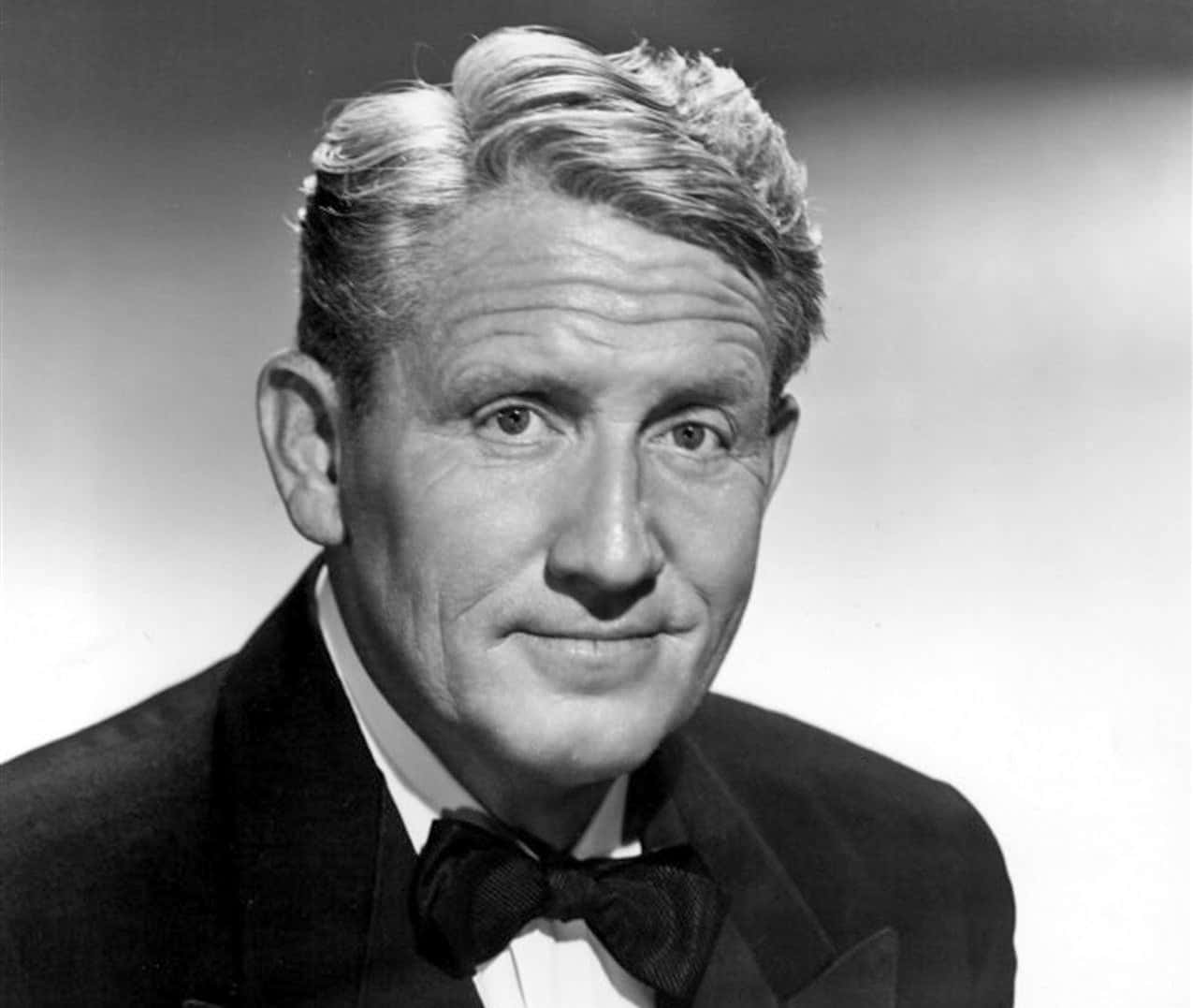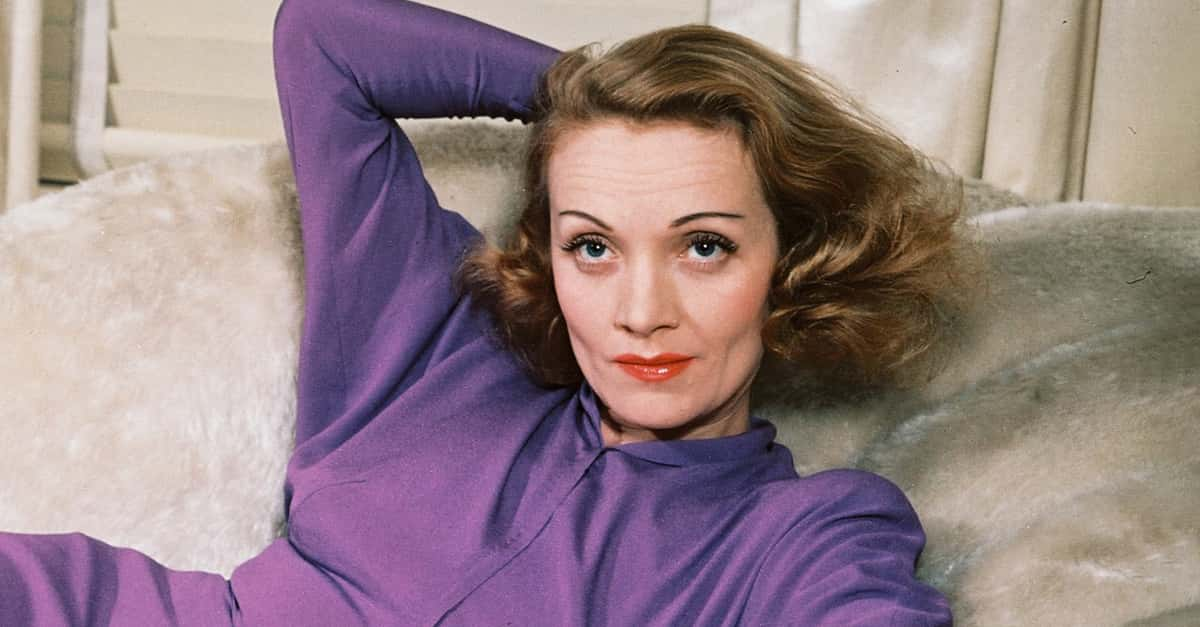Hedda Hopper proved you can get pretty far with an unkind word. After an unremarkable career in pictures, Hopper turned around and became a gossip columnist, and one of the most feared people in Hollywood. Vindictive, cruel, and unrepentant, she was a leading proponent of the “Blacklist" and made sure to ruin dozens of careers. Even so, millions of readers could not help themselves: Everyone wanted to know what Hedda knew. Here are 50 inquisitive facts about Hedda Hopper.
Hedda Hopper Facts
1. Spring Has Sprung
Hedda Hopper was born in Hollidaysburg, Pennsylvania, but she was not that city’s most famous export. Hollidaysburg just happens to be the birthplace of that stair-crawling super-toy, the Slinky. As the song goes, everyone loves a Slinky. Due to Hedda’s notoriety, it’s safe to say that more than a few people in Hollywood would rather push Hopper down the stairs than one of the famous toys.
2. Age is Just a Number
Born to Pennsylvania Dutch parents, Hedda Hopper was originally christened Elda Furry. Not only would she change her name but the year on her birth certificate, as well. Hopper moved the date up just a smidge, to 1895 from 1890. The revision literally took years off her life, but, hey you’re only as old as you feel, right?
3. Got Beef?
The erstwhile Elda Furry wasn’t content to stay in Hollidaysburg, and as soon as she got the chance, she hightailed it to the Big Apple. Sadly, Hopper had Broadway dreams but budget talent. An audition for the famed Ziegfeld Follies led to Florenz Ziegfeld himself calling Hopper a “clumsy cow” and shouting her offstage.
4. Batter Up
One person who did show interest in the aspiring actress was DeWolf Hopper. The Broadway star was famous for his recitations of poetry—he was actually the one who popularized the baseball poem “Casey at the Bat.” DeWolf invited Hedda to join his theater troupe as an understudy. But that wasn’t all that he was interested in.
By 1913, DeWolf and Hedda were married.
5. Groomed for Stardom
DeWolf Hopper was 37 years older than Hedda and had already been through four marriages. In fact, he had already divorced his first wife and married his second before Hedda was even born! DeWolf’s marriage habit earned him an especially unflattering nickname: “the Husband of the Country.”
6. Sounds Familiar
DeWolf taste’s in women was extremely, extremely niche: his previous wives were named Ella, Ida, and Edna, respectively. Add “Elda” to the mix, and you could understand if DeWolf got a little confused sometimes and called her Edna or Ida. These little accidents annoyed the newest Mrs. Hopper to no end, but DeWolf just could not seem to help it.
Finally, Elda decided it would be easier if she just changed her name.
7. Here’s Your Change
The name Hedda came from an unlikely place. It was chosen by a fortune teller, and the newly minted Hedda Hopper paid $10 for the consultation. Sadly, the name change did little to ease the marital tensions, and the Hoppers were divorced by 1922. You’d think that fortune teller would have warned her.
8. Mommy Dearest
Hedda and DeWolf had a son named William whom Hedda pushed into the family business. William began acting as a teenager and even landed a contract with Paramount Studios, but he did not much like it. World War II gave William the perfect opportunity to escape show business altogether. He spent the war serving as a frogman in the Navy and took a job as a car salesman the moment he got out.
William had a strained relationship with his mother, and her reputation made it difficult for him to befriend other actors.
9. If It’s any Consolation
William Hopper did eventually return to acting. In 1956, he landed the role that would define his career, that of detective Paul Drake in the long-running crime drama Perry Mason. It was a plum gig, but Hopper was disappointed—he had auditioned for the title role.
10. Going to California
With her marriage to DeWolf on the rocks, Hopper abandoned the stage for the exciting new world of motion pictures. Though still occasionally billed as “Mrs. DeWitt Hopper,” Hedda Hopper appeared in dozens of silent films through the 1920s. Most of Hopper’s films are now lost, but a few interesting specimens remain.
Among Hopper’s credits are an early adaptation of Sherlock Holmes, featuring John Barrymore as the great detective, and Don Juan, the first film to feature a synchronized soundtrack.
11. Case Clothed
Hopper never quite made it to A-list status, but that didn’t stop her from grabbing attention where she could. In 1918, Hopper appeared in a film called Virtuous Wives; it starred an actress Hopper despised, Anita Stewart. Hoping to outshine the film’s star, Hopper spent her entire salary—the equivalent of $85,500 today—on a new wardrobe, which she wore throughout the film.
12. Painted into a Corner
In 1928, Hopper went on a tour of Europe with a friend, scenarist Frances Marion. On the way over, Hopper met a painter who became infatuated with her. The feeling was mutual, but conservative Hopper refused to give in to her passion—with disturbing consequences. The painter even followed Hopper back to California.
When she still refused his advances, the painter took his own life.
13. The Snitch
Unable to elevate herself to marquee status, Hopper struck up a deal with Louella Parsons, the L.A. Examiner’s wildly popular Hollywood gossip columnist. Hopper was to dig up as much dirt as she could while on set, and pass those tips off to Parsons. In return, Parsons would see that Hopper got her fair share of positive publicity. It was a deal that would change the course of their lives and Hollywood itself.
Neither woman knew it at the time, but this simple arrangement ensured that Hopper and Parsons would be tethered to one another—for better, and for worse.
14. Hard Times
By the early 1930s, Hopper’s career was completely in the weeds. MGM, which had already been loaning Hopper out to other studios, finally canceled her contract altogether. To make matters worse, most of her savings were wiped out in the stock market crash. Once a promising Hollywood star, Hopper was now a divorced single mother living in a basement apartment.
She might have been left completely destitute had it not been for the death of her ex-husband DeWolf Hopper, who left a small portion of his estate to Hedda and their son.
15. Hopping from Job to Job
Hopper tried to make ends meet any way she could. She appeared in plays, taught English to newly arrived European actors, and unsuccessfully ran for office in Los Angeles County. She even considered taking a job managing male escorts. Finally, a lightbulb went off: if Louella Parsons can write a gossip column, surely Hedda Hopper can, too.
16. She’s Worth It
Hopper started out writing a column for the Washington Herald. The Herald was paying her a $50 a week. That was a princely sum—perhaps a little too princely for a novice journalist. They soon realized their mistake, but Hopper quit when the Herald asked her to take a pay cut.
17. Head to Hedda
Unfazed, Hopper took a new position a little closer to home. In 1937, she debuted a new column with the Los Angeles Times. A column in the Times put Hopper in direct opposition to her old friend, the Los Angeles Examiner’s Louella Parsons.
18. Let’s Be Friends
Louella Parsons ran a line her column celebrating Hedda Hopper’s new gig. Parsons, secure in her role as queen of the Hollywood roost, and seemingly unaware of Hopper’s antagonistic intentions, didn’t see the former actress as a threat.
19. Call Me!
Hopper was a lousy typist, and she would never have won a spelling bee. It was easier for her, and her editor, if she just called her secretary and dictated the column to her. Wish I had a secretary—this is hard work!
20. Mean Girl
When others went high, Hopper went low. Despite her work as a professional gossip, Louella Parsons had a reputation as a sweet, friendly person. Hopper decided to distinguish herself through heartlessness. She gleefully exposed actors’ secrets, shames, and affairs, and held long, long grudges against anyone who withheld information from her.
Hopper was basically the Spanish Inquisition in a fancy hat. Actress Merle Oberon—a frequent target of Hopper’s abuse—once asked the columnist what drove her to write the things she did. She flat out replied she was a witch—but she used more colorful language.
21. Midnight Visitors
Hopper certainly had a knack for catching the juiciest stories. She owed her many, many lucky breaks to one unique journalistic method: claiming to have been conveniently in the neighborhood, Hopper would “drop in” on actors, hoping to catch them in the middle of something—or with someone.
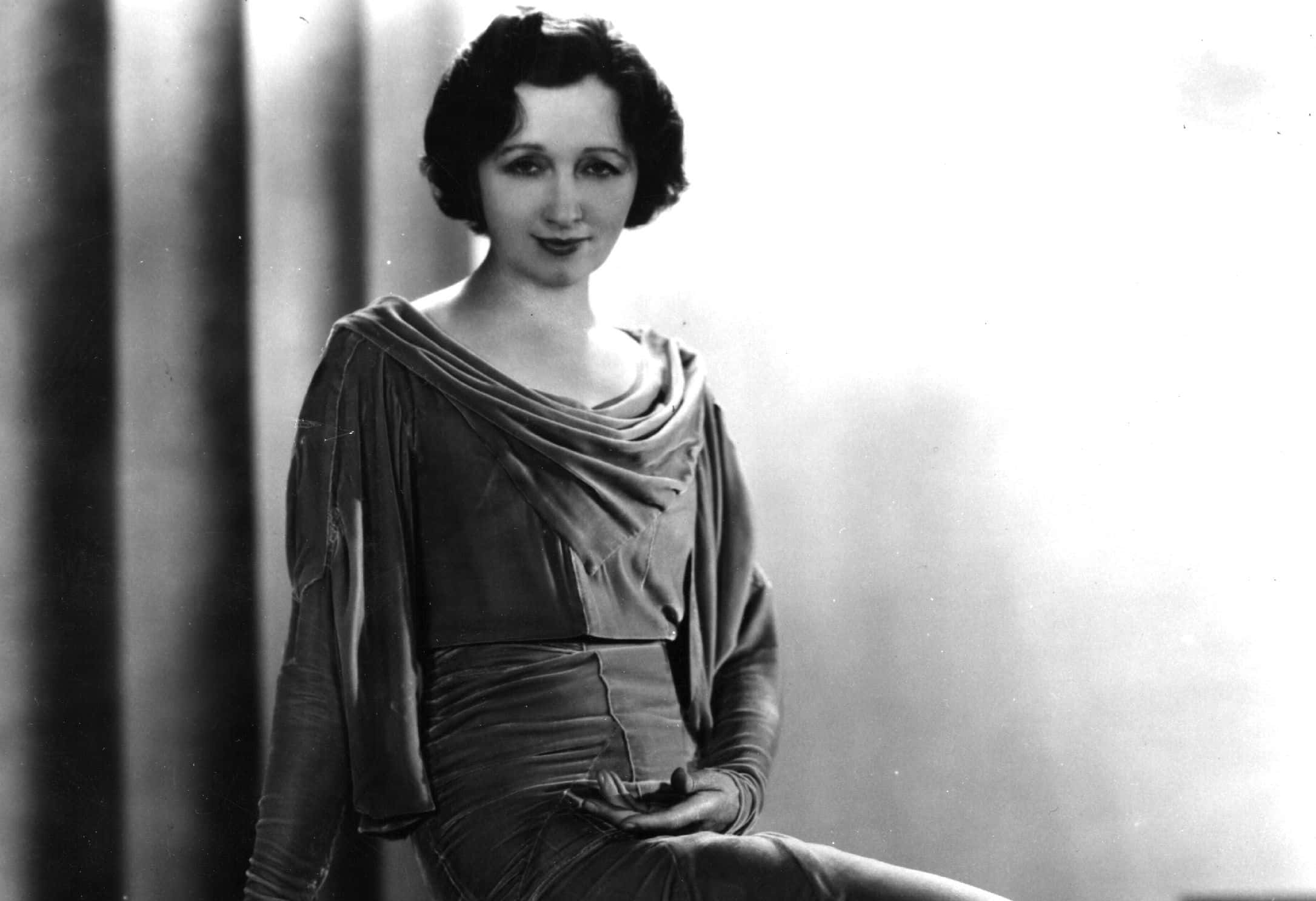 Getty Images
Getty Images
22. Creative Control
Hopper’s mean-and-nasty take on Hollywood gossip immediately siphoned readers away from Louella Parsons. Some Hollywood insiders speculated that Hopper had been set up with the column thanks to her old friend, mega-producer Louis B. Mayer, who decided Louella Parsons was getting to be too influential for her own good.
23. Love Stinks
Actress Joan Bennett played secret admirer one Valentine’s Day and sent Hopper a note that read “You Stink.” Attached to the note was a live skunk! Never one to be outdone, Hopper wrote in her column that she had named the skunk “Joan,” and allowed readers to bid on the unwelcome pet. Actor James Mason and his wife made the first bid and, holding their nose, happily took “Joan” off Hopper’s hands.
24. The Director
In time, Hopper found she could do a lot more than just scold actors and actresses for their indiscretions—she could actually influence the movies themselves. For example, in exchange for not reporting her affair with Mickey Rooney, Hopper forced Norma Shearer to accept the part of Mrs. Haines in The Women.
Hopper, coincidentally, had a small part in The Women. She played Dolly De Peyster, a fictionalized version of herself.
25. Love Letters
Hopper could also use her power to play matchmaker. She once ran a single-line item about new arrival Nancy Olsen. Alan Jay Lerner, of Lerner and Loew, saw the article and immediately got in contact. They were married within the year.
 Getty Images
Getty Images
26. Hedda Hopper’s Haunted House
Hopper’s poison pen earned her as much as a quarter of a million dollars every year; that’s more than $3.5 million by today’s standards. She spent that money on a lavish mansion on Tropical Avenue in Beverley Hills with an utterly sinister name. The locals—and she herself—called it “the House that Fear Built.”
27. Put a Lid on It
Her articles made Hopper more famous—and more powerful—than she ever had been as an actress. Even those not in the Hollywood know could recognize Hopper by her endless array of extravagant hats. Hopper’s huge hats became such an important part of her public persona that the IRS deducted their cost as a work expense.
28. Fascist Fashions
Hedda’s haughty hats were actually used in propaganda by the Third Reich to demonstrate the frivolity and decadence of the American consumer in wartime.
29. There is a Man, a Certain Man…
Hopper’s rivalry with Louella Parsons had disturbing consequences. In fact, it almost killed the greatest movie ever made. Hopper was privy to an early screening of Citizen Kane, the first film by up-and-coming auteur Orson Welles. The main character reminded her of someone…but who? That's when it hit her: It was the husband of her best friend, Marion Davies.
Marion Davies’ husband just happened to be newspaper magnate William Randolph Hearst. William Randolph Hearst just happened to be Louella Parson’s boss.
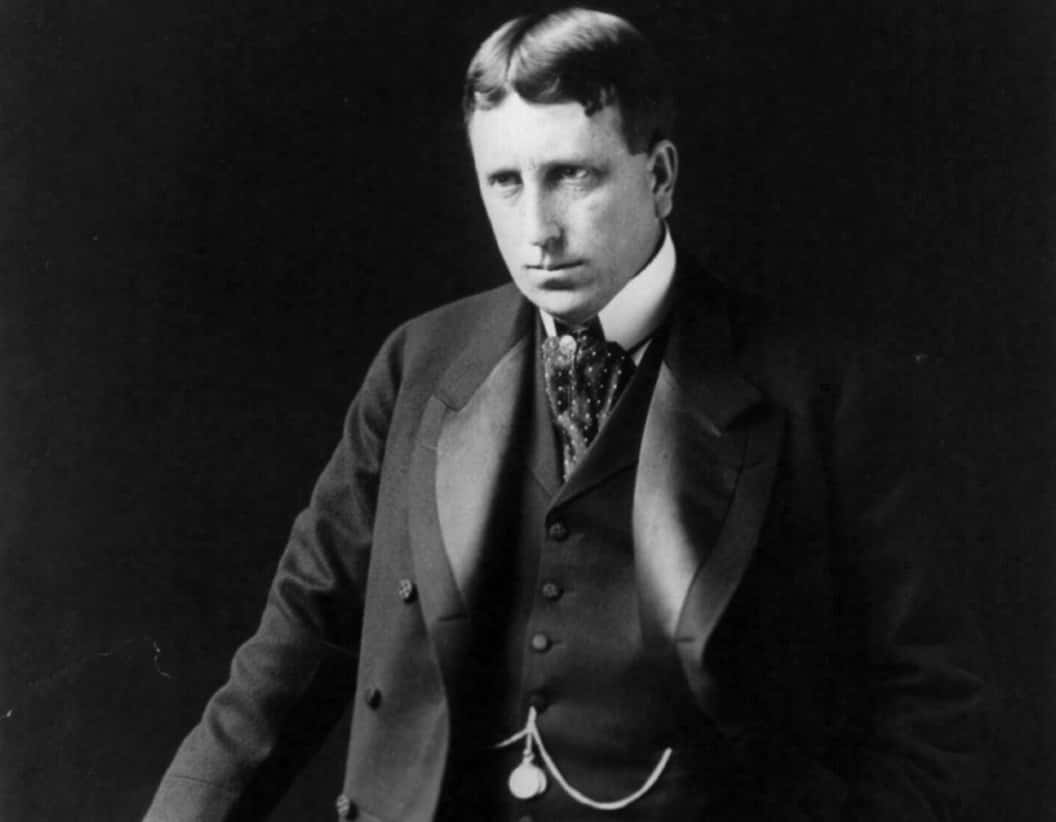 Wikimedia Commons, B. M. Clinedinst
Wikimedia Commons, B. M. Clinedinst
30. With Rosebud’s Like That, Who Needs Enemies?
Naturally, Hopper called Davies to alert her of the unflattering portrait, and see what could be done about getting the movie stopped. She also used the opportunity to express surprise that a loyal employee of the Hearst Corporation hadn’t warned him. Hearst personally sent Parsons a letter, saying how disappointed he was he had to hear the news from Hedda Hopper.
Then Hearst and Parsons launched a campaign of blackmail, threats, and negative publicity which severely inhibited Kane’s success at the box office.
31. Oscar and the Grouch
By the 1940s, Joan Crawford’s career was all but finished. In an article called “Box Office Poison,” Crawford had been called one of the least appealing actresses in Hollywood. Here’s the shocker: Hopper did not write that article. A close friend of Crawford’s, Hopper found herself in the ironic position of trying to salvage a career that had been ruined by a cruel reporter.
After the article was released, Hopper wrote her own, praising Crawford’s acting and publicly endorsing Crawford for an Oscar for her performance in Mildred Pierce. Columnists did not usually weigh in on Oscar voting, but Hopper’s campaign was successful. Crawford won Best Actress that year, reinvigorating her career.
32. Daddy Issues
In 1943, Hedda Hopper was introduced to a young woman named Joan Barry. She had a scoop for Hopper—she claimed that was pregnant with the child of Charlie Chaplin. Hopper immediately ran the story, miring Chaplin in scandal. A court even concluded that Chaplin was not the father, but made him pay child support anyway.
Naturally, Chaplin was furious with Hopper’s meddling and desperate for revenge. When he got engaged later that year, he brought the story to Louella Parsons. In doing so, Chaplin made an enemy for life.
33. Top Hollywood Agent
From that point on, Hopper published any piece of dirt she could get on Chaplin. She even worked secretly with the FBI to find evidence of criminal activity. At the time, the FBI was keeping tabs on Chaplin, whom they suspected of being a communist sympathizer. Hopper even used confidential information from that investigation in her column—a gift from an admirer in the FBI.
34. Out of the Limelight
Hopper’s campaign against Chaplin lasted for years. All the while, she and the FBI traded information on Chaplin in an effort to destroy the comedian’s reputation. In 1952, Chaplin went to London to premiere his final Hollywood movie, Limelight. Faced with the joint pressures of the FBI and Hedda Hopper, he decided to remain in Europe.
35. Make Hollywood Great Again
In 1944, Hopper helped form the Motion Picture Alliance for the Preservation of American Ideals. Members were a who’s who of Hollywood’s conservative set—John Wayne, Ronald Reagan, and Walt Disney were all members. So was Ayn Rand, who wrote the group’s statement of principles. In it, Rand decried the “Communists, radicals, and crackpots” who supposedly dominated the motion picture industry.
The paranoid members of the MPAPA would soon get the opportunity to expose this shadowy cabal of Hollywood commies…
36. Red Scares
In the early 1940s, members of the House Un-American Activities Committee (HUAC), a senate committee dedicated to investigating communism in the United States, began looking into Hollywood figures with left-wing sympathies. Members of the MPAPA were invited by HUAC to testify about the pervasive spread of communism in Hollywood. As a contribution, Hopper began publishing the names of actors she suspected of being communists.
Not coincidentally, these actors tended to be frequent targets of Hopper’s, even before the investigation.
37. Hedda Hopper’s Little Black List
The communist witch hunts of the 1940s and 50s led to the accusation and denunciation of hundreds of artists, actors, and writers, all of which had a devastating effect on the stars and Hollywood itself. Names as big as Humphrey Bogart and Charlie Chaplin were implicated. Being a communist was not illegal, but HUAC was happy to call the accused and charge them with contempt if they refused to “name names.” Some even went to jail.
HUAC’s investigation damaged the careers and reputations of hundreds, and tore a massive rift in Hollywood between those who cooperated with HUAC and those who refused. Many of those who were officially blacklisted never worked in movies again.
38. Old Glory
The anti-communist hysteria eventually died down, but Hopper refused to make peace, or apologize. When Jose Ferrer, a known socialist, implicated in the HUAC investigations, was nominated for an Academy Award, Hopper joked that she would have liked to be in attendance, just so she could walk out, waving the American flag.
39. Let’s Do Lunch
In 1948, Hopper did something shocking, even for her—something so unthinkable, so disturbing that reporters rushed to break the story. No one ever thought Hopper would go so far, but on that Tuesday afternoon, she met Louella Parsons for lunch! Mobs of disbelieving onlookers streamed into Romanoff’s while the two famous enemies enjoyed crab. Parsons and Hopper didn’t exactly bury the hatchet, but they did leave arm and arm.
One press agent compared it to the signing of the Treaty of Versailles.
40. The Jet Set
Hopper was close friends with eccentric millionaire Howard Hughes. Hughes was obsessed with airplanes, and famously attempted to build a giant wood airplane called “the Spruce Goose.” The goose was a flop, but Hopper trusted her friend’s expertise entirely: she refused to get on an airplane unless Hughes had inspected it personally.
41. Through the Looking Glass
A book about Hopper’s rivalry with Louella Parsons was released in 1972. It was later turned into a TV movie called Malice in Wonderland, starring Jane Alexander as Hopper. Parsons was played by Elizabeth Taylor.
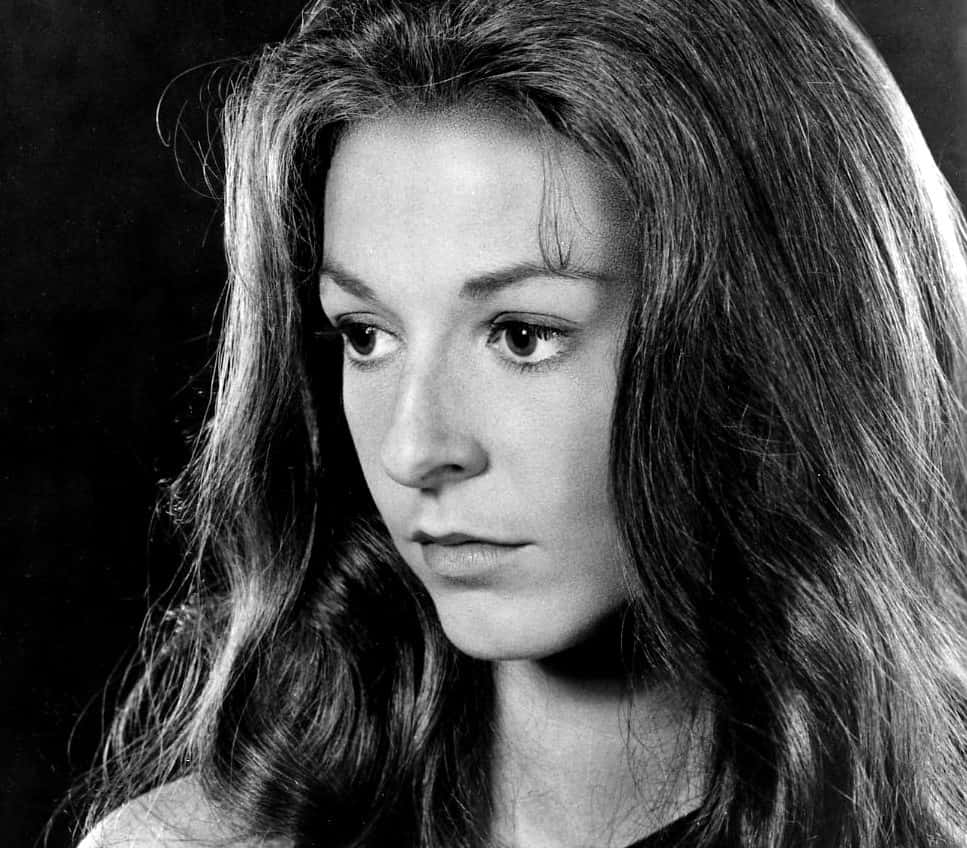 [/media-credit] Jane AlexanderWikimedia Commons Jane Alexander
[/media-credit] Jane AlexanderWikimedia Commons Jane Alexander
42. Shut the Front Door!
Incidentally, Elizabeth Taylor once had a rather rude exchange with Hopper at a movie theatre. Hopper and Taylor were at the premiere of The Sandpiper, starring Taylor’s on-again, off-again husband Richard Burton. Then the name Dalton Trumbo appeared onscreen. Trumbo was among those writers whom Hopper worked so hard to get blacklisted during the heyday of McCarthyism, and she made a disturbing spectacle.
Hopper began to complain loudly of “communists” in Hollywood. Taylor turned around and told Hopper (in words we can’t repeat here) to please be quiet. The times, they were a-changin’.
43. Down on the Blvd.
Hopper appeared as herself in the Oscar-winning 1950 film Sunset Boulevard. Director Billy Wilder needed a well-known Hollywood reporter for the role. He personally preferred Louella Parsons—who didn’t?—but decided Hopper, as a former actress, would work better on screen. An original draft of the film called for both Hopper and Parsons; the two would get in a fight over who got to break a news story.
Parsons declined, and Hopper went on to appear alone at the chilling climax of the film.
44. I’ll Show You
Starring as herself—or as thinly veiled versions of herself—became a cottage industry for Hopper toward the end of her career. Both I Love Lucy and The Beverley Hillbillies had special episodes dedicated to her. Hopper even had her own short-lived variety show. Unfortunately, The Hedda Hopper Show was crushed by The Ed Sullivan Show, which was on at the same timeslot.
45. Nothing but the Truth?
In 1963, Hopper released a book called The Whole Truth and Nothing but the Truth. Among other rumors, Hopper alleged that actor Michael Wilding was gay. There was a time when such an allegation from Hopper could guarantee an actor never worked again. Instead, Wilding sued Hopper for $3 million. Hopper settled for $100,000—a sign, maybe, that her pen was no longer as mighty as it once was.
46. Hedda’s Last Scoop
Hopper passed in the hospital while suffering from pneumonia on February 1, 1966. Coincidentally, silent film legend Buster Keaton died the very same day. Hopper and Keaton had appeared in three movies together: The Stolen Jools, Speak Easily, and Sunset Boulevard.
47. Hedda Still Haunts Hollywood
Hedda Hopper is remembered, though perhaps not fondly, as a famous figure of Hollywood’s Golden Age. She may not have been popular with the stars of her time, but she was given a star on the Hollywood Walk of Fame thanks to her contributions to the motion picture industry. Many would argue she robbed from them, but one thing is for sure—she left an indelible mark on Old Hollywood.
48. Swede and Low
As Hopper’s power grew, her rivalry with Parsons grew more intense. She would do her best to ruin anyone who gave a story to Parsons before they gave her first crack at it. In fact, Hopper did just that to her one-time friend, Ingrid Bergman. When Hopper asked, Bergman denied she was pregnant with the child of director Roberto Rossellini.
But when story came out in Parson’s column, Hopper was livid, and her reaction was unbelievably cruel. Hopper launched a smear campaign against Bergman which eventually drove the actress out of Hollywood.
49. A Federal Case
At the time of her pregnancy, Bergman and Rossellini were both married, but to other people. Hopper made sure to point out that fact every chance she could, taking advantage of the moral outrages of the day. Bergman’s reputation was so damaged that a US senator publicly denounced Bergman on the senate floor.
50. Just for Kicks
Hollywood’s hard-done-by stars did nothing to hide their contempt for the muckraking matriarch. When she reported on Joseph Cotton’s affair with co-star Deanna Durbin, Cotton threatened to kick her in the behind. But even crazier: When Hopper accused Spencer Tracy of having an affair with Katharine Hepburn, he actually did!

